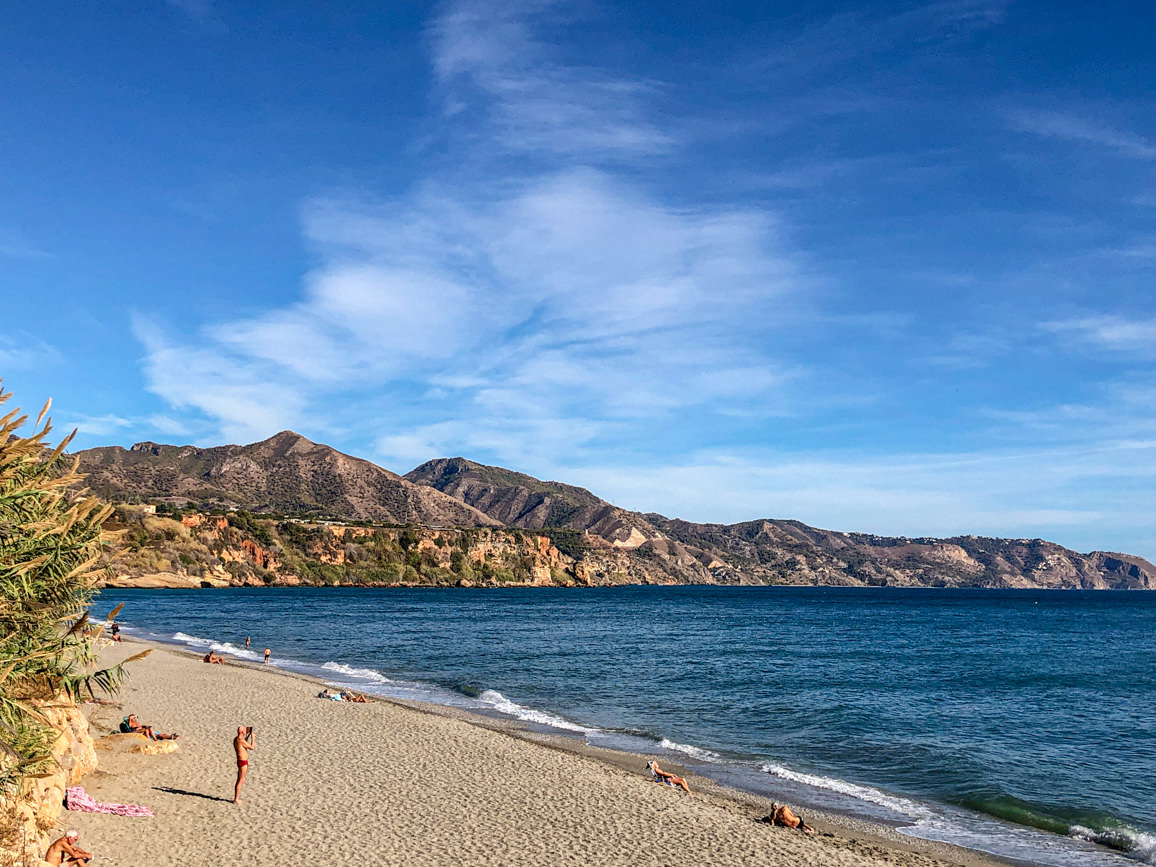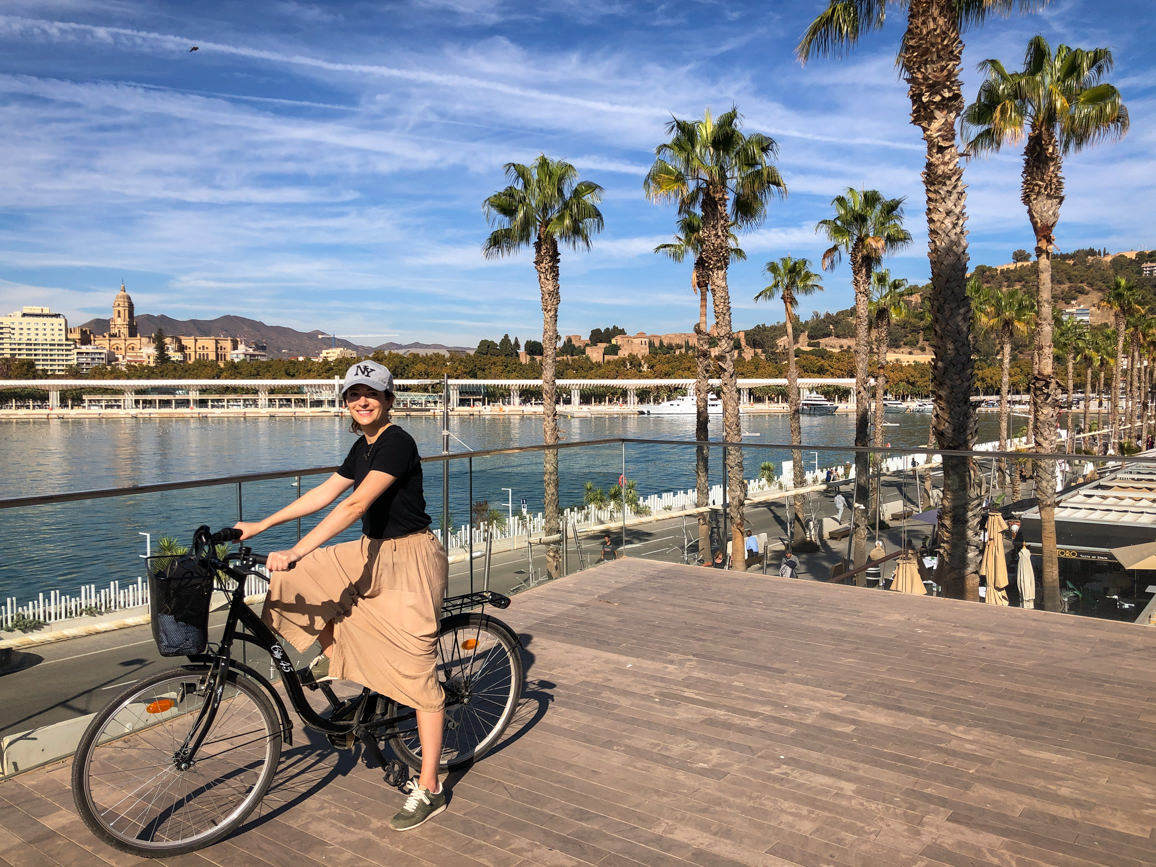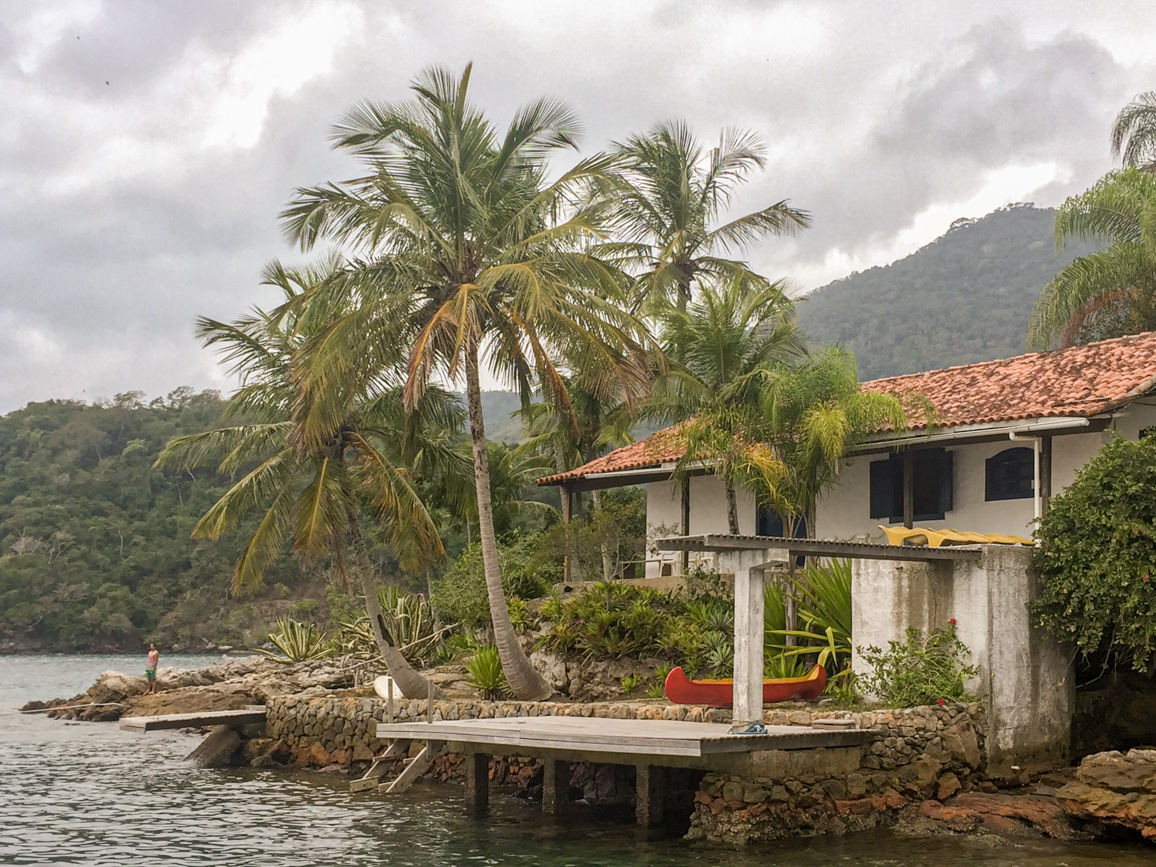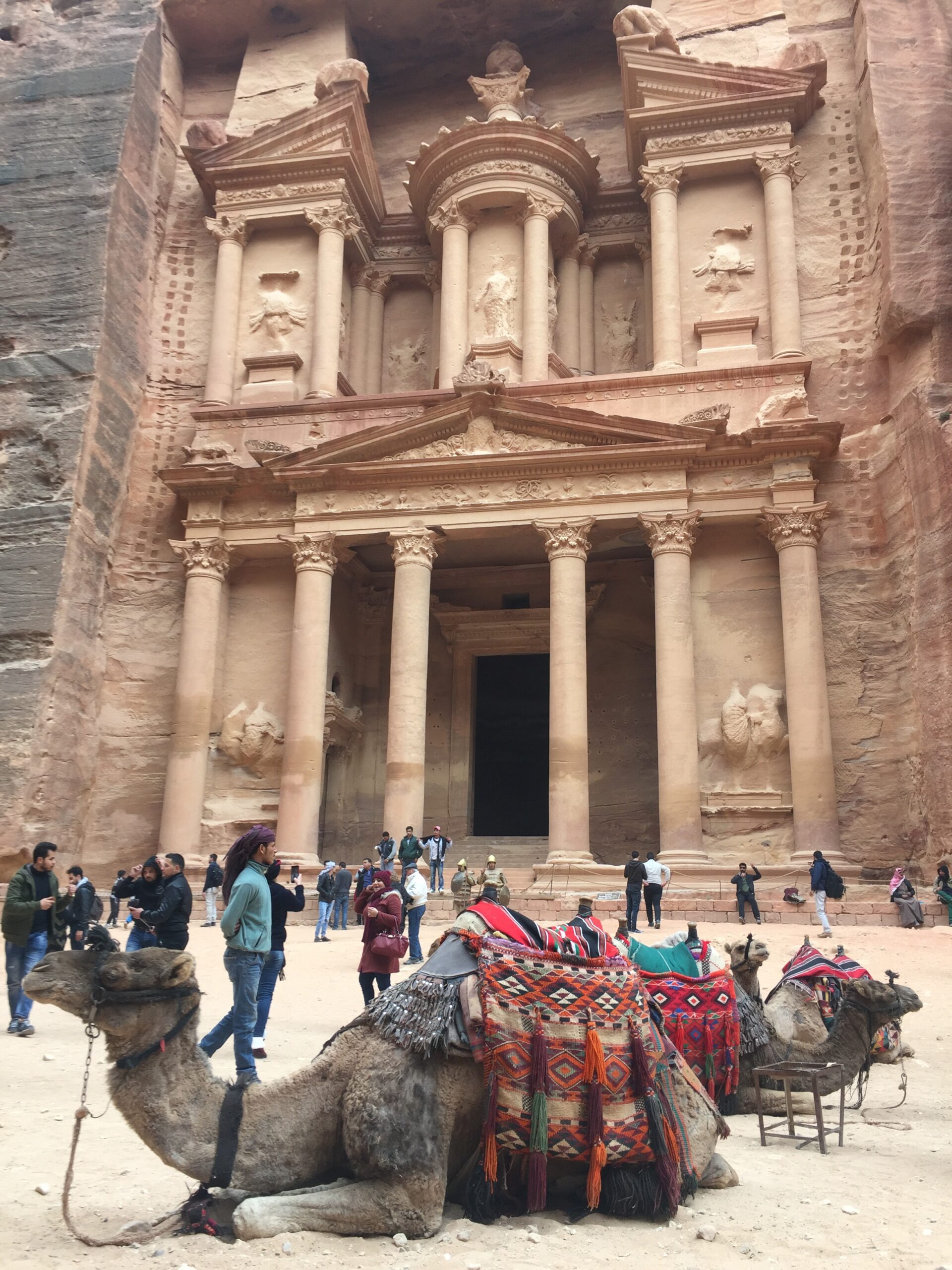
Although much has been written about Petra, nothing really prepares you. It does need to be seen to be believed! Learn more about this New World Wonder located on Jordanian soil.
Day 4
On the last day of the year, we visited Petra, one of the 7 World Wonders. This was by far the highlight of our trip!
Some background
But before I get started, let me tell you a bit of history about this place.
This landmark is without a doubt Jordan’s most valuable treasure and the greatest tourist attraction. It is a vast, unique city, carved into the sheer rock face by the Nabataeans, an industrious Arab people who settled here more than 2,000 years ago, turning it into an important junction for the silk, spice and other trade routes that linked China, India and southern Arabia with Egypt, Syria, Greece and Rome. Petra was later annexed to the Roman Empire and continued to thrive until a large earthquake in 363 AD destroyed much of the city in the 4th century AD. The earthquake combined with changes in trade routes, eventually led to the downfall of the city, which was ultimately abandoned. By the middle of the 7th century Petra appears to have been largely deserted and it was then lost to all except local Bedouins from the area. In 1812, a Swiss explorer named Johannes Burckhardt set out to ‘rediscover’ Petra. After this, Petra became increasingly known in the West as a fascinating and beautiful ancient city.
What to see in Petra
We started our visit early on at the Visitor Center. Our first stop was ‘Bab Al Siq’ (gateway to the ‘siq’). Three massive squared monuments carved out of the rock (called ‘Djinn’) will welcome you. We then came across the Obelisk Tomb, which was carved by the Nabataeans in the 1st century AD. Above the tomb are four pyramids (‘nafesh’) as well as a niche with a statue in bas-relief that is a symbolic representation of the five people buried there. Below it is the Triclinium, which was a banqueting hall. In the opposing cliff face there is a double inscription in Nabataean and Greek that refers to a burial monument.
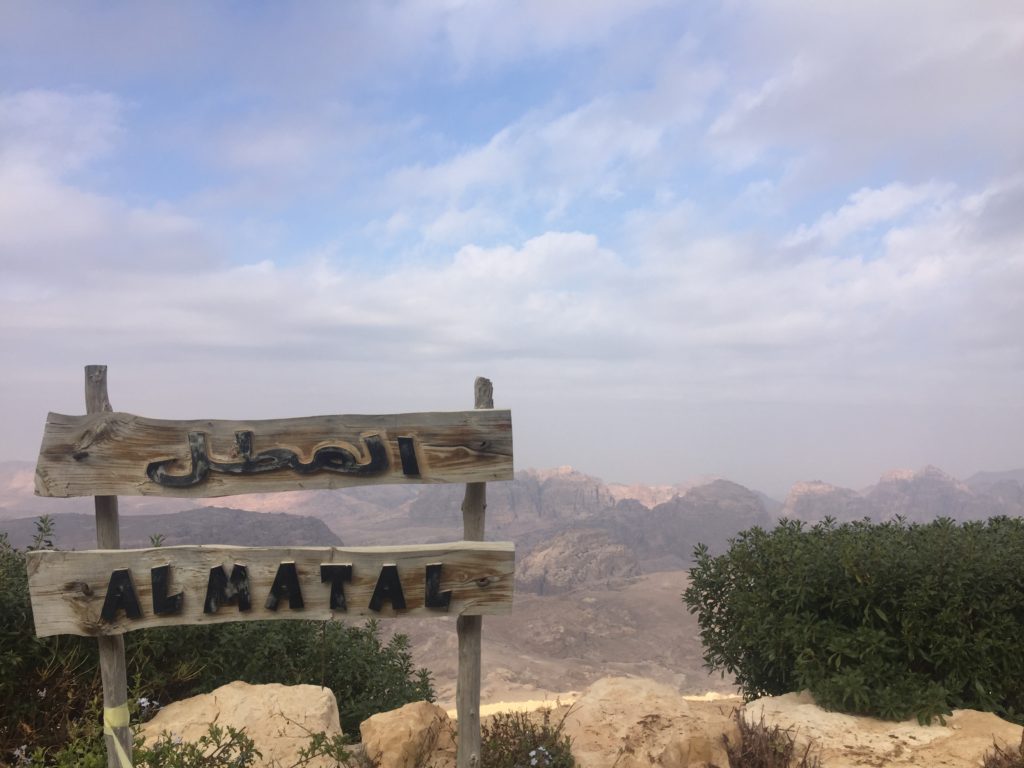
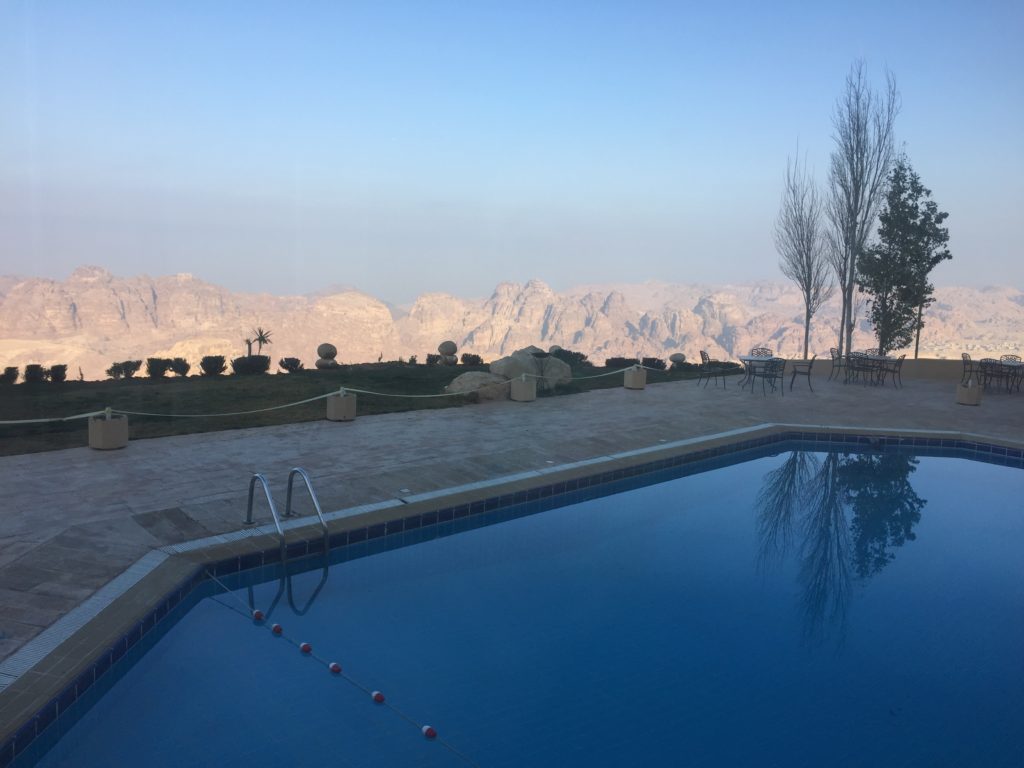
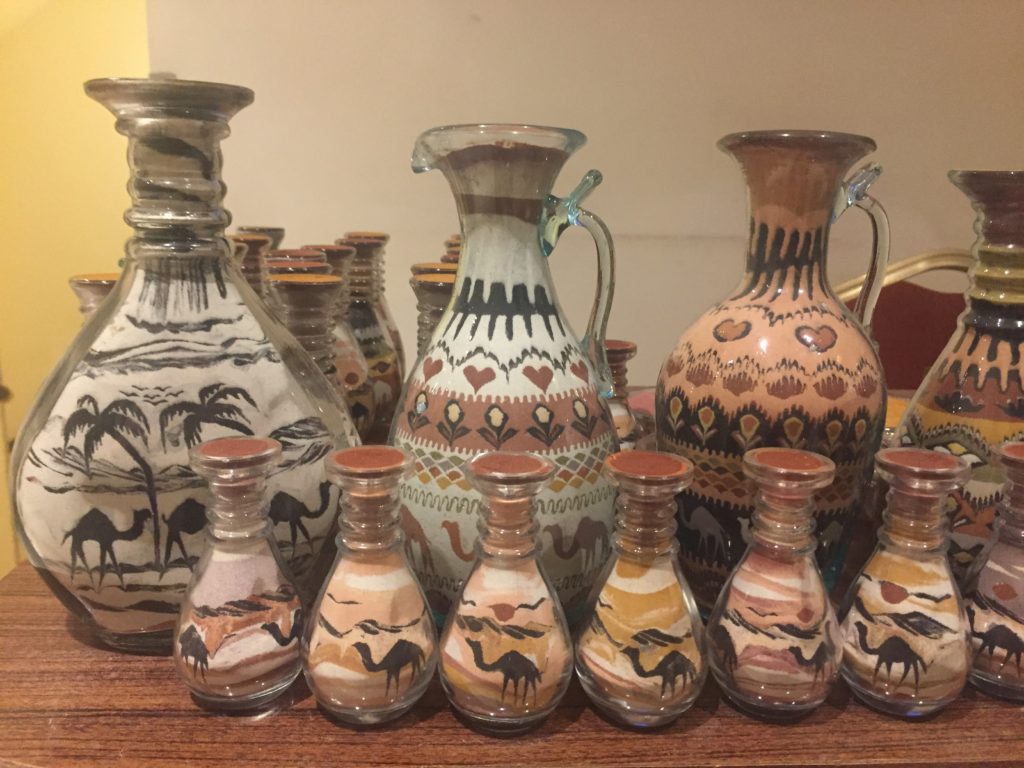
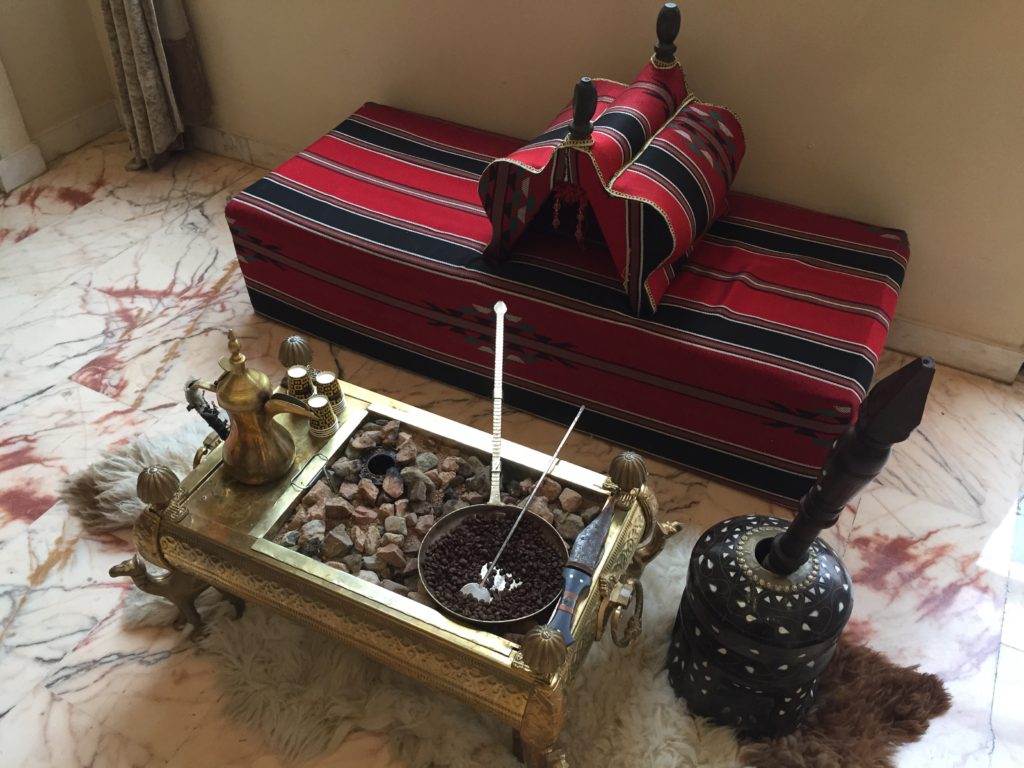
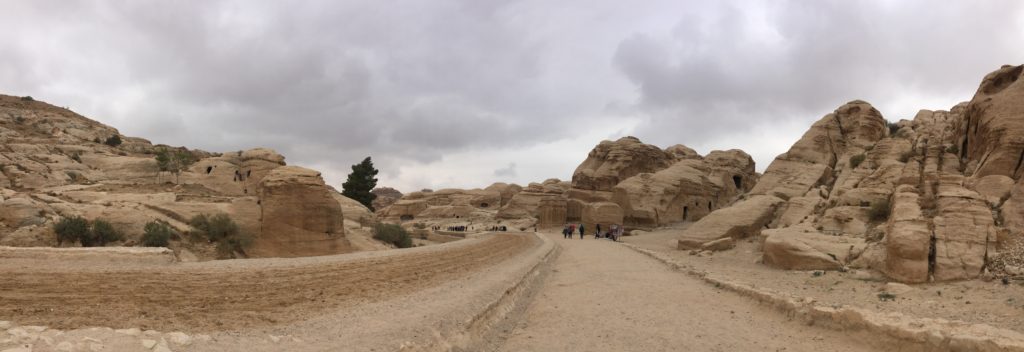
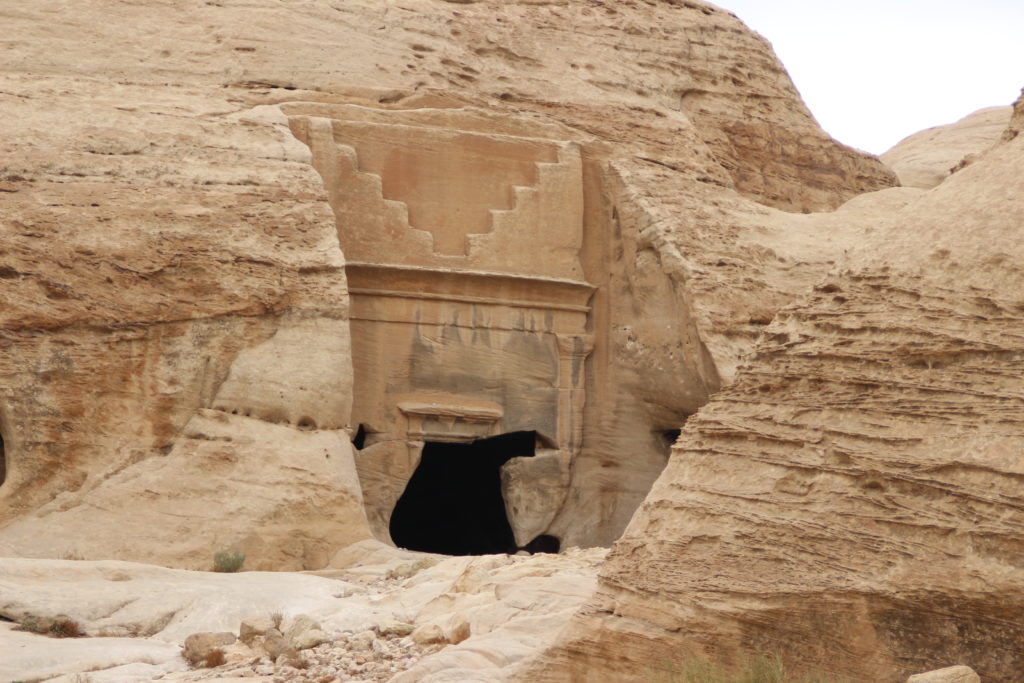

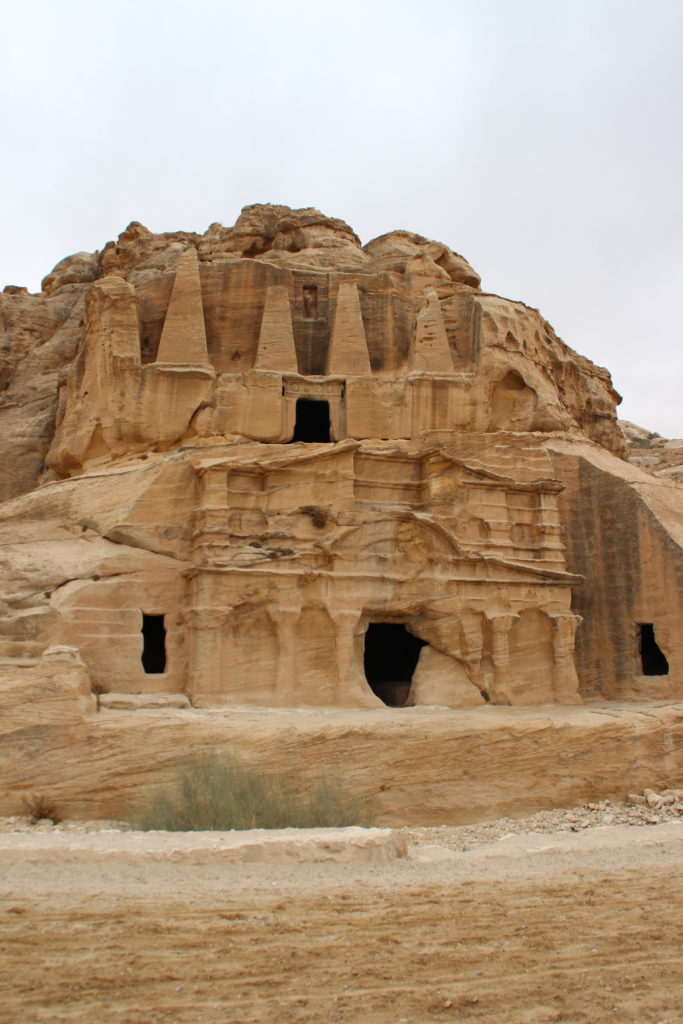

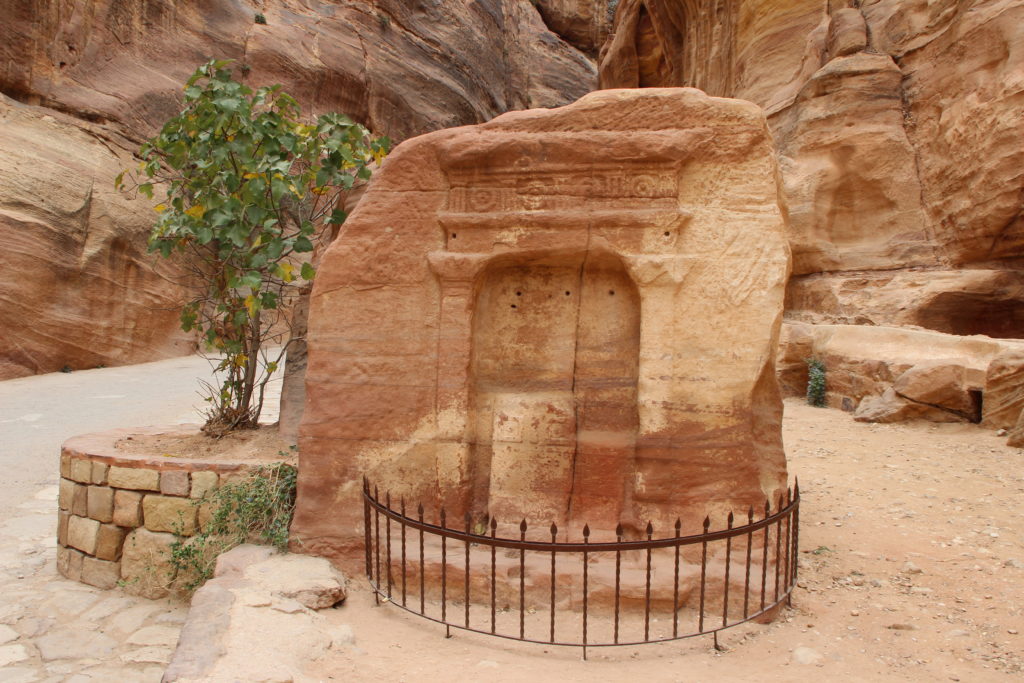
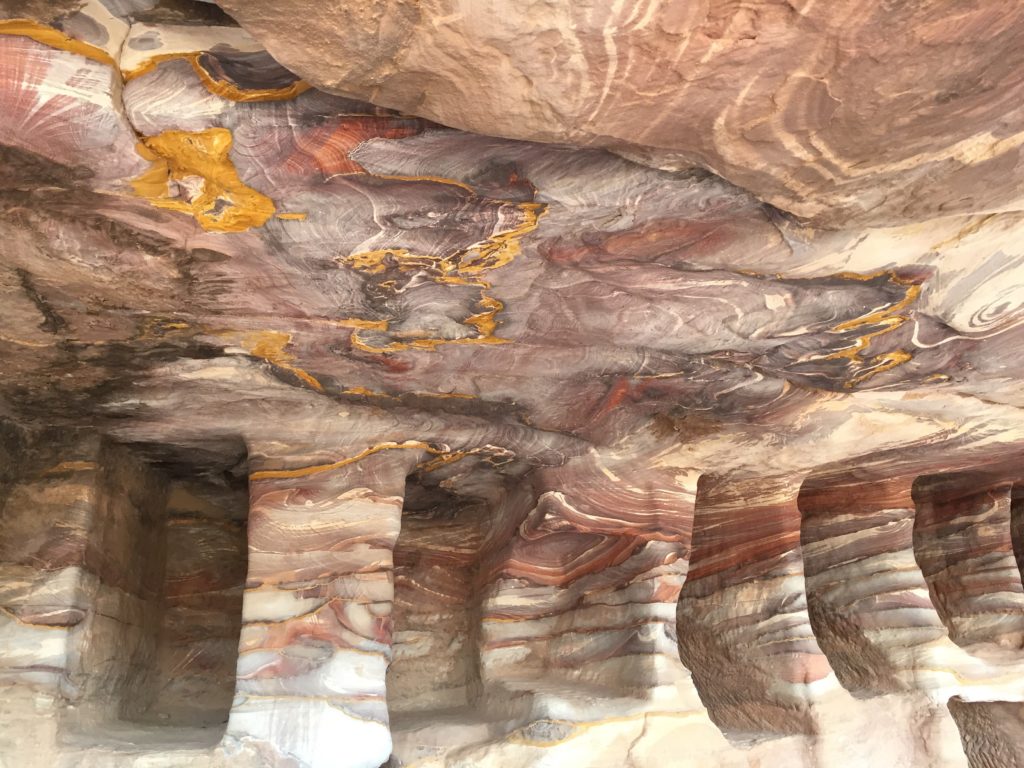
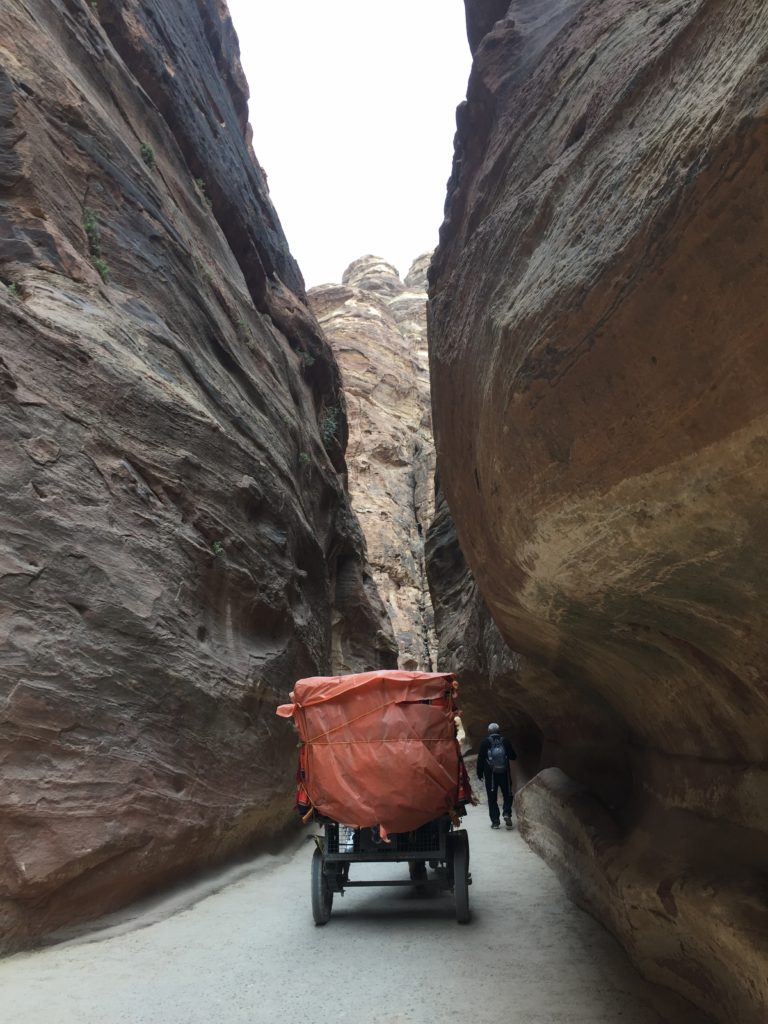
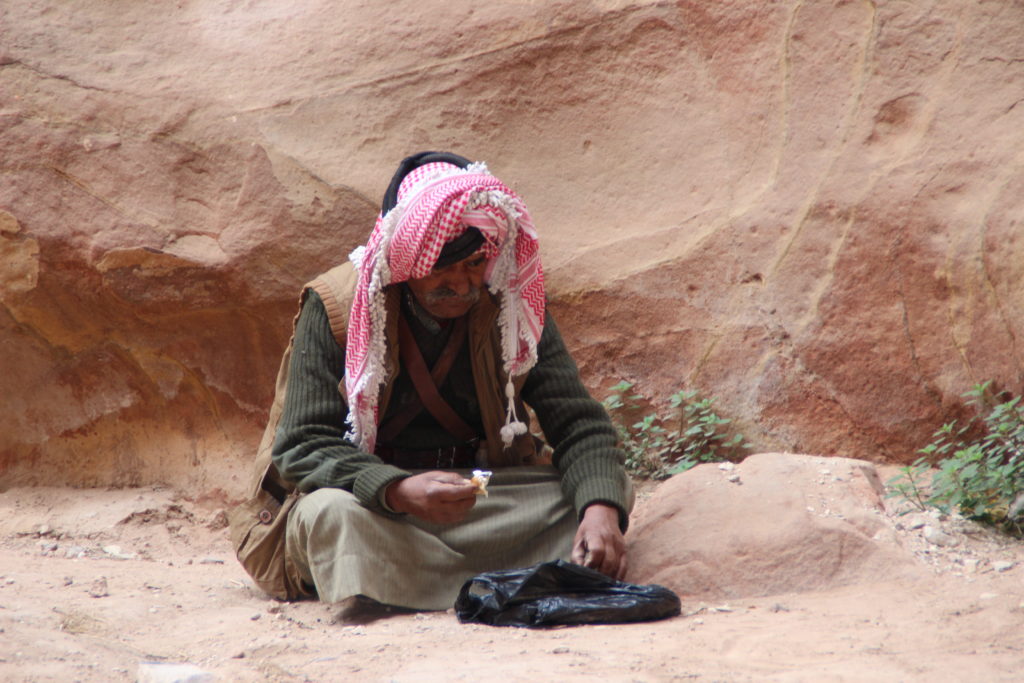
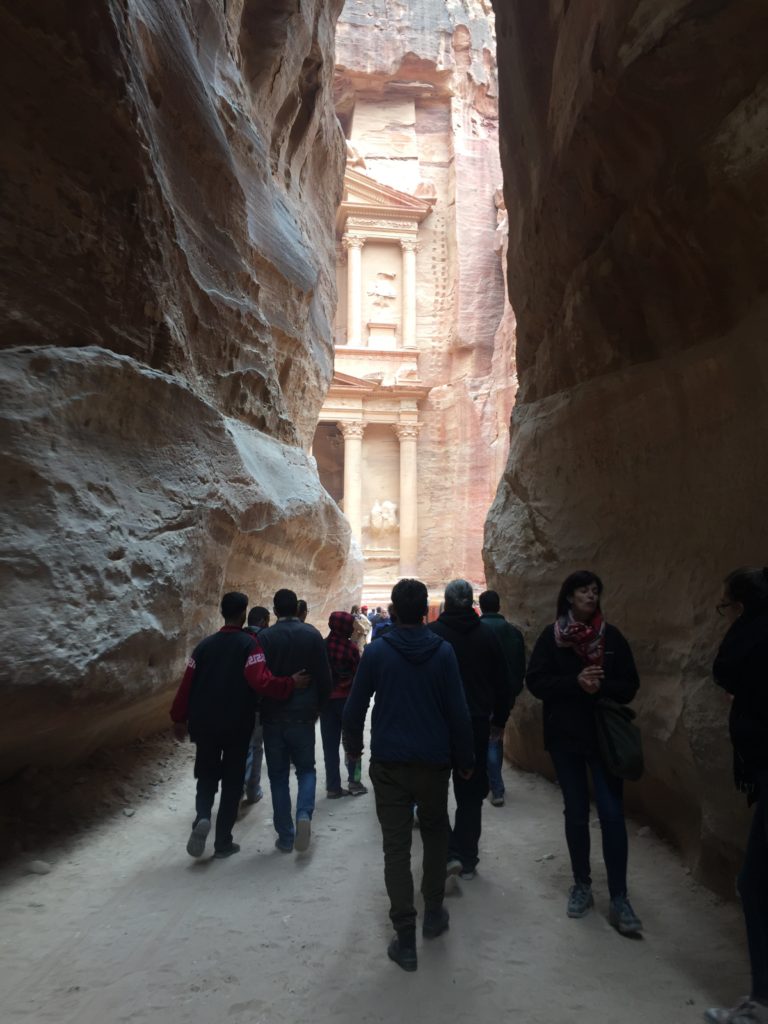
The surreal Siq opens up to Petra’s most magnificent façade: the famous Treasury (Al Khazneh). No matter how many times you’ve seen pictures of this site, it will still amaze you! The Treasury is almost 40 meters high and is profusely decorated with Corinthian capitals, friezes, figures and more. The Treasury is crowned by a funerary urn while the purpose of the monument is unclear.
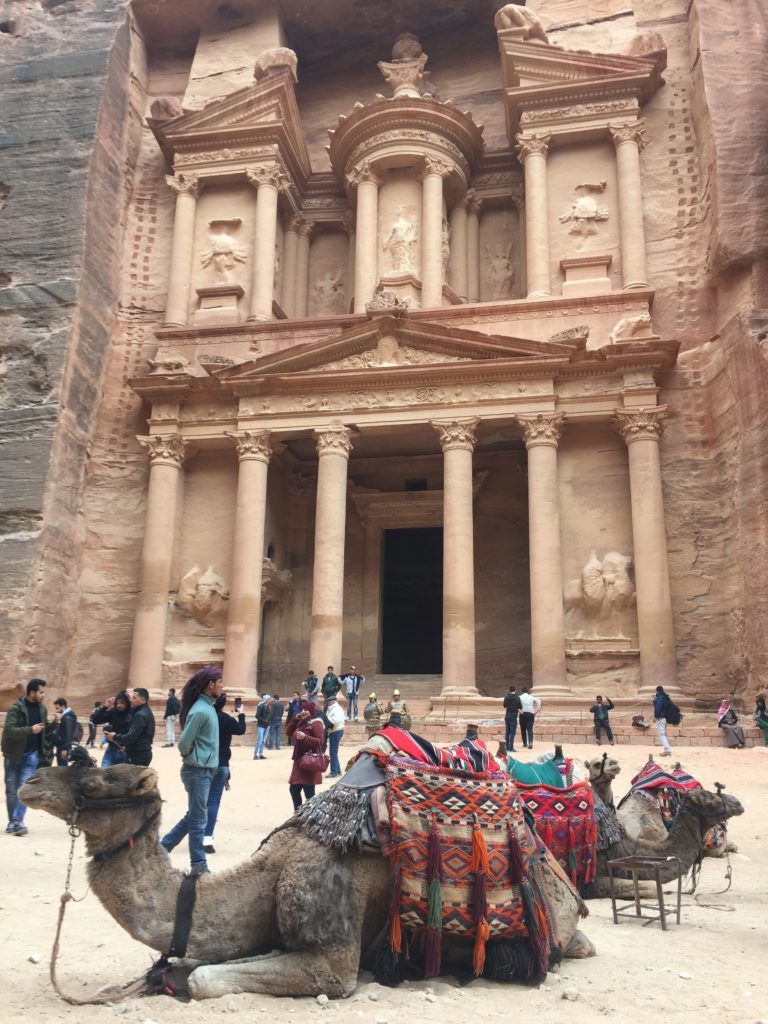

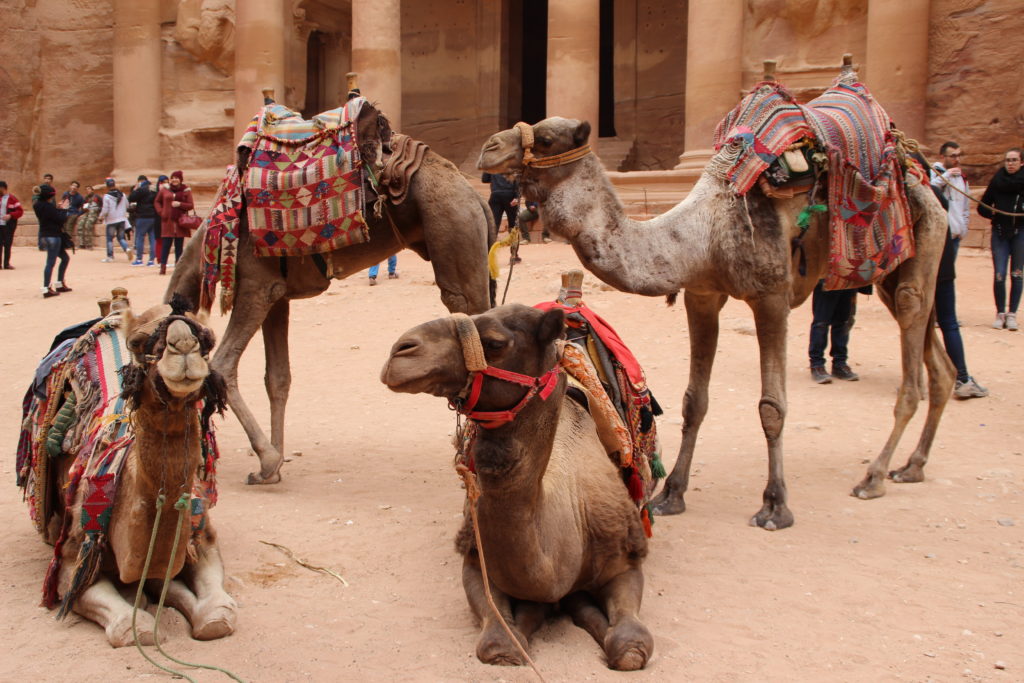
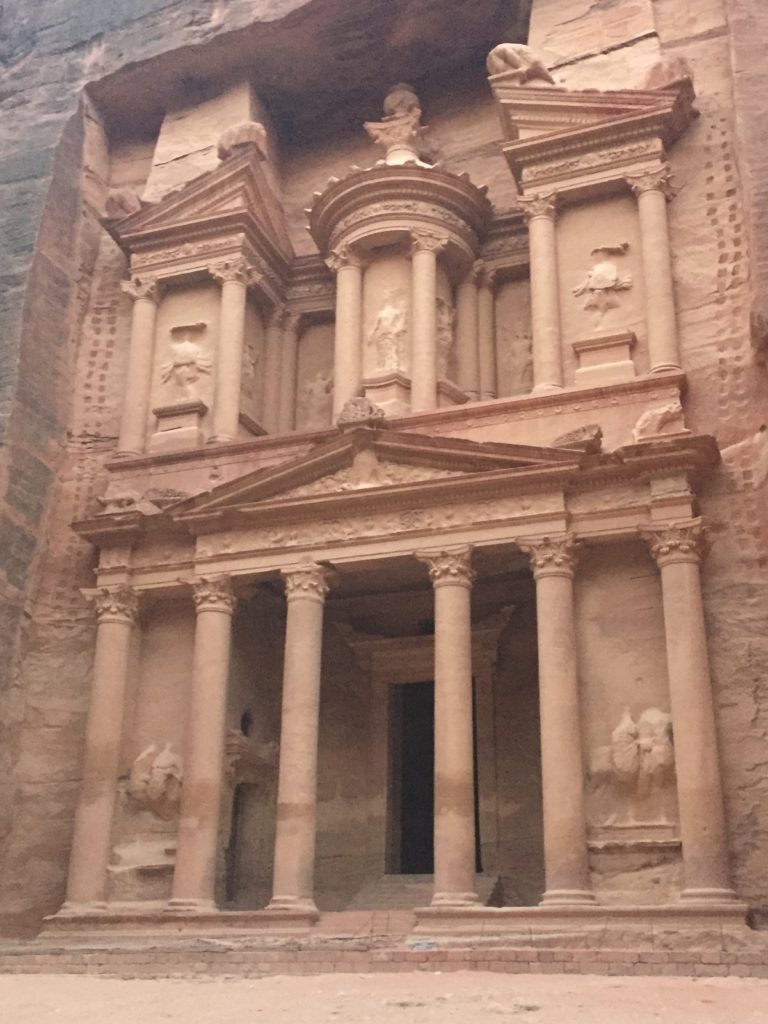
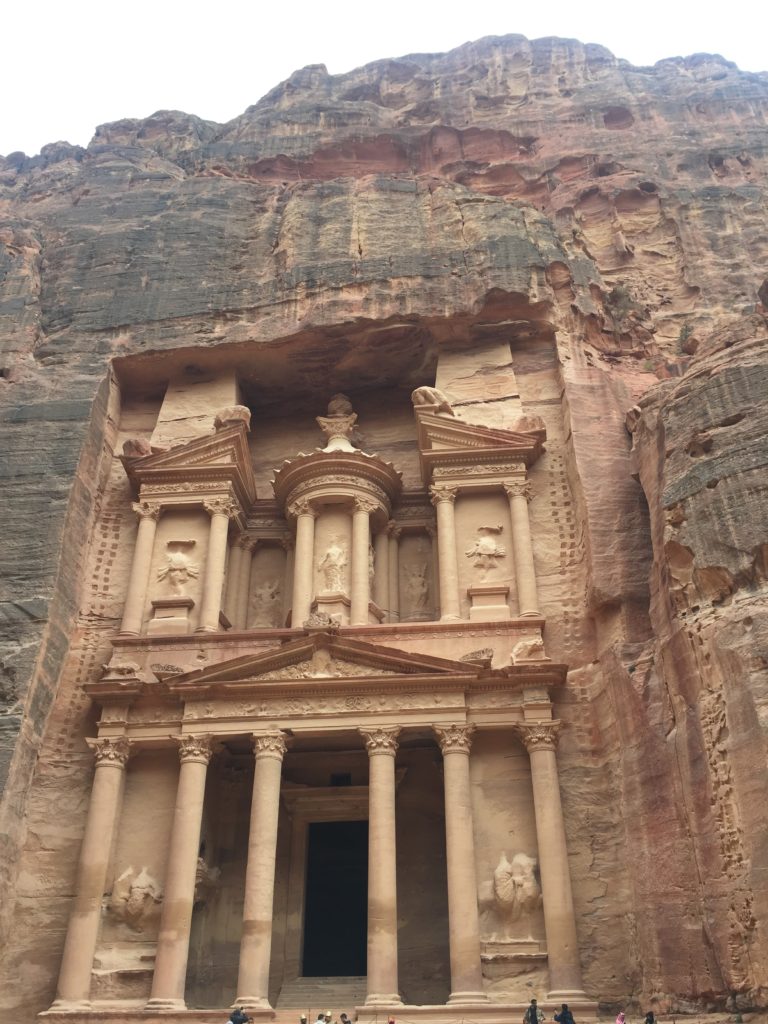
Following the sight of the wonderful Treasury, we walked to the Street of Facades. This is a row of monumental Nabataean tombs carved in the southern cliff where the Siq begins to widen gradually as it reaches into an open area. Right after, we admired the Theater from above. Carved into the side of the mountain at the foot of the High Place of Sacrifice, this theater could once accommodate 4000 spectators.
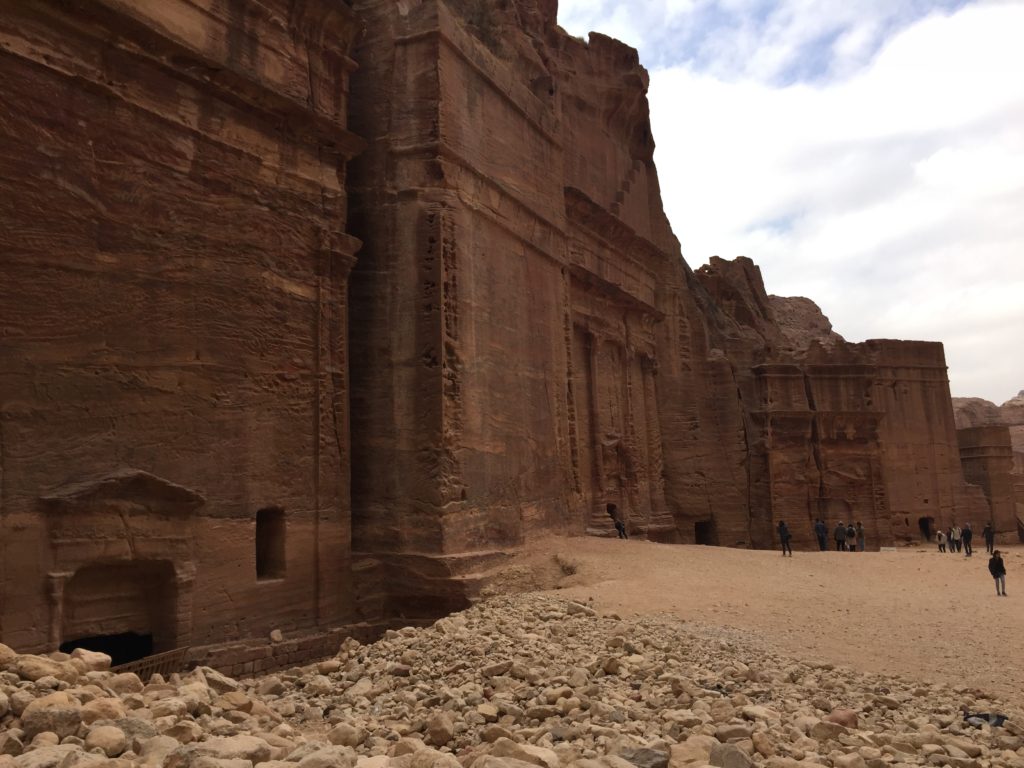
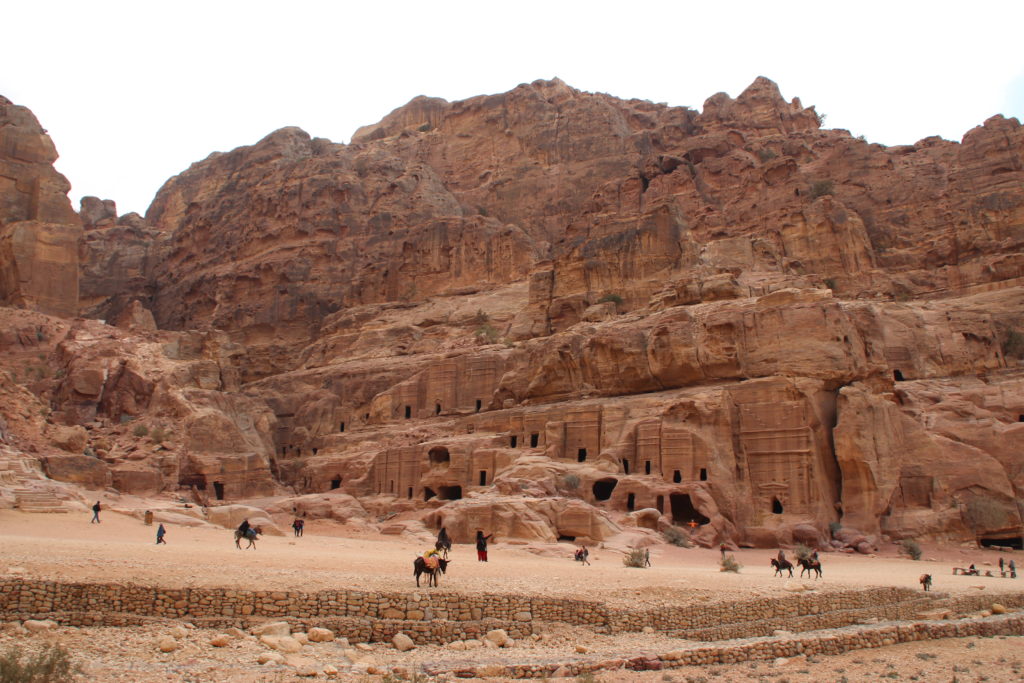
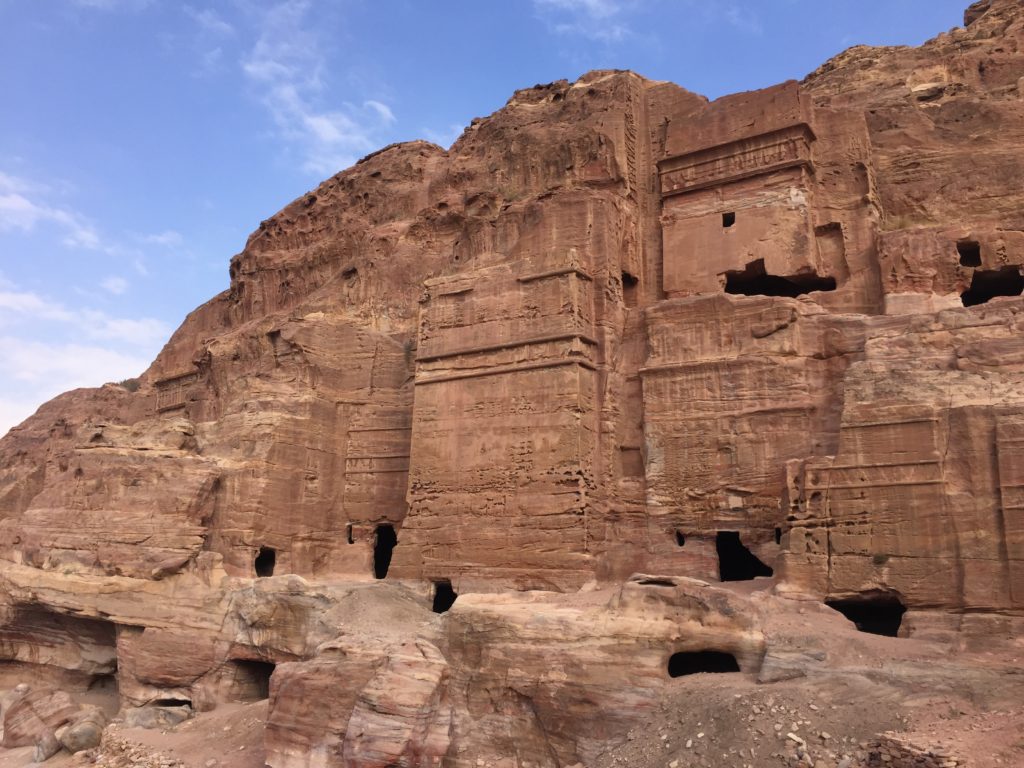
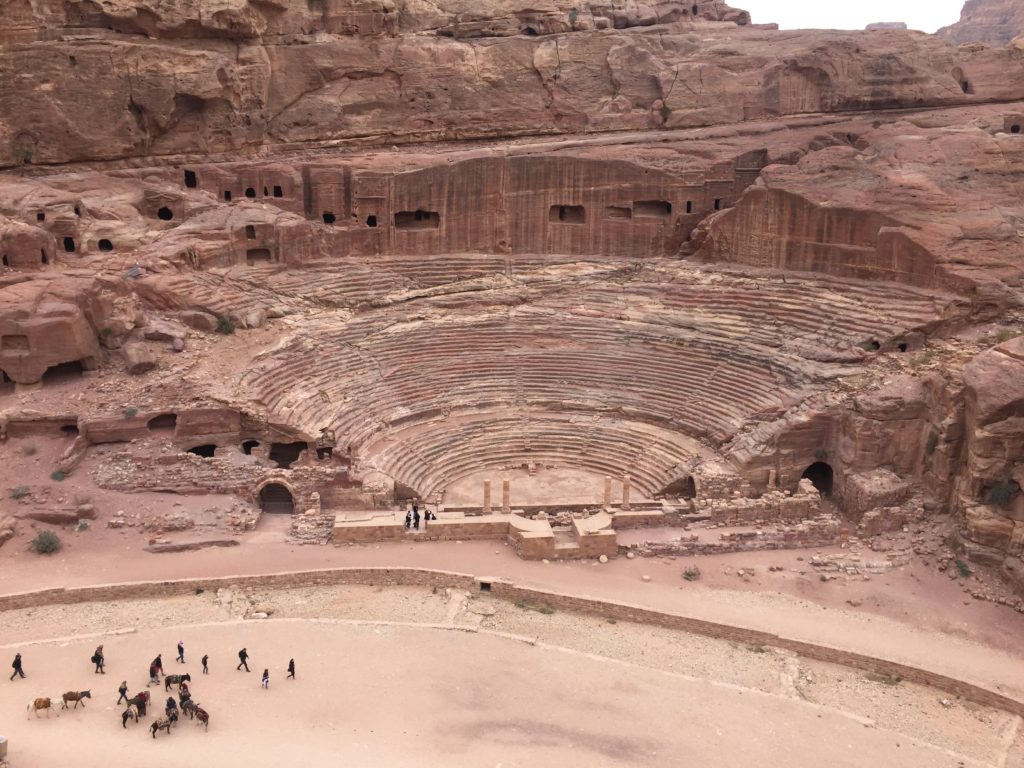
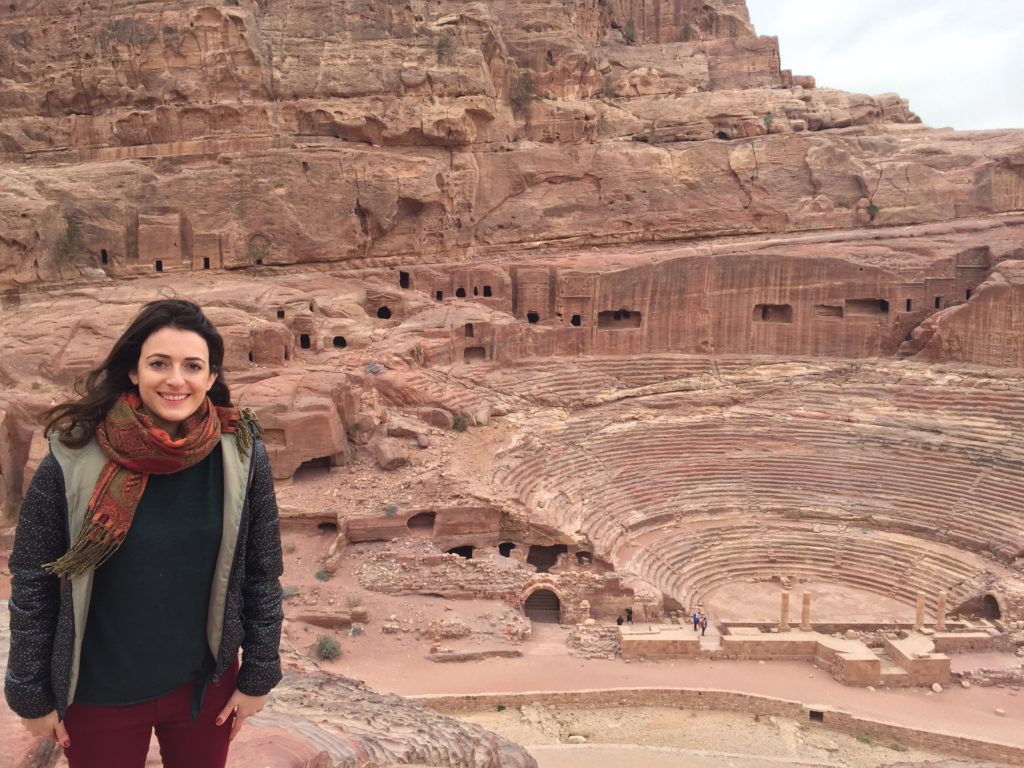
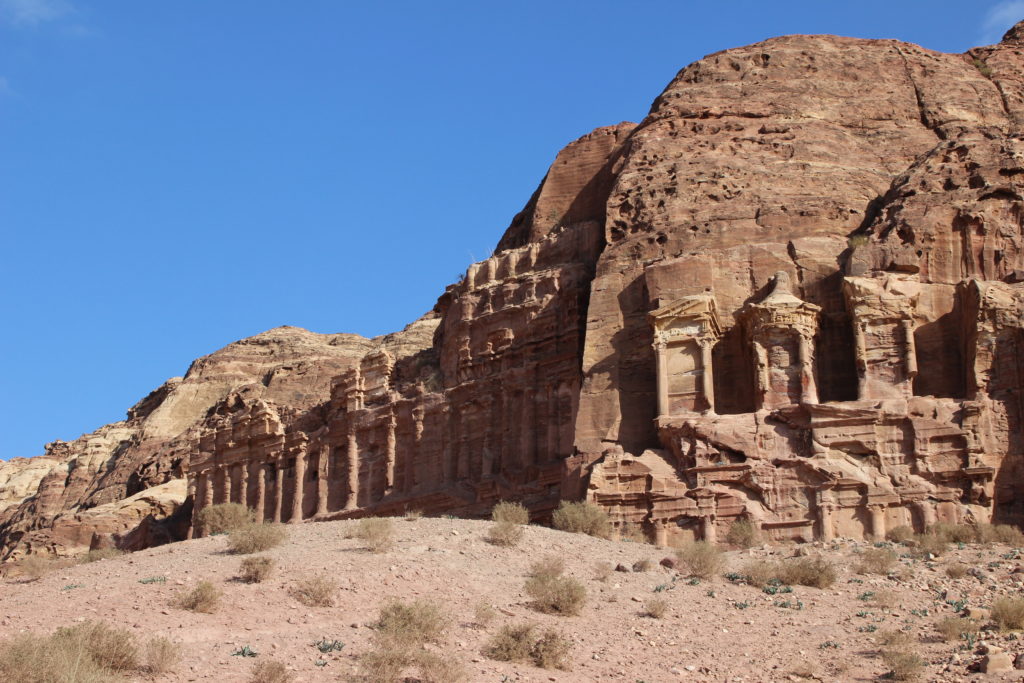
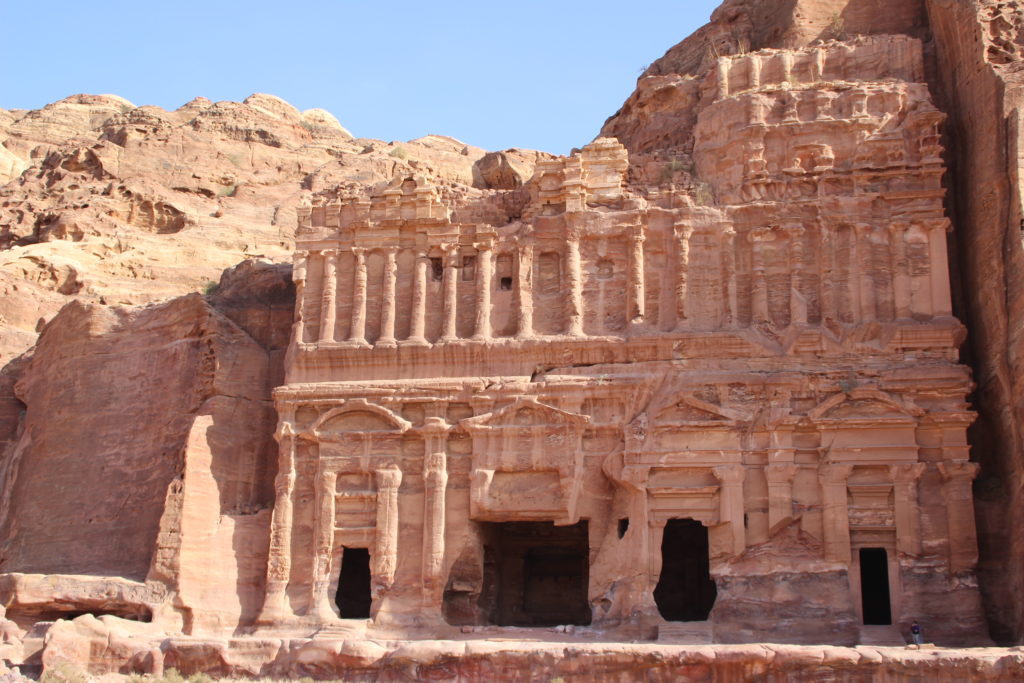
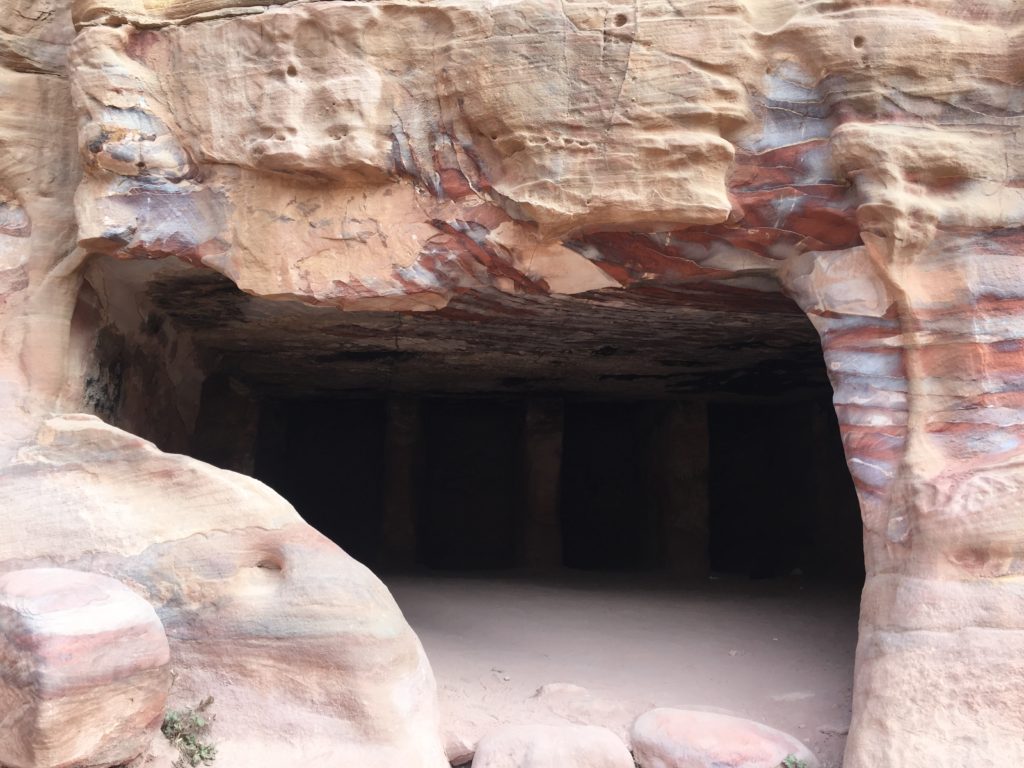
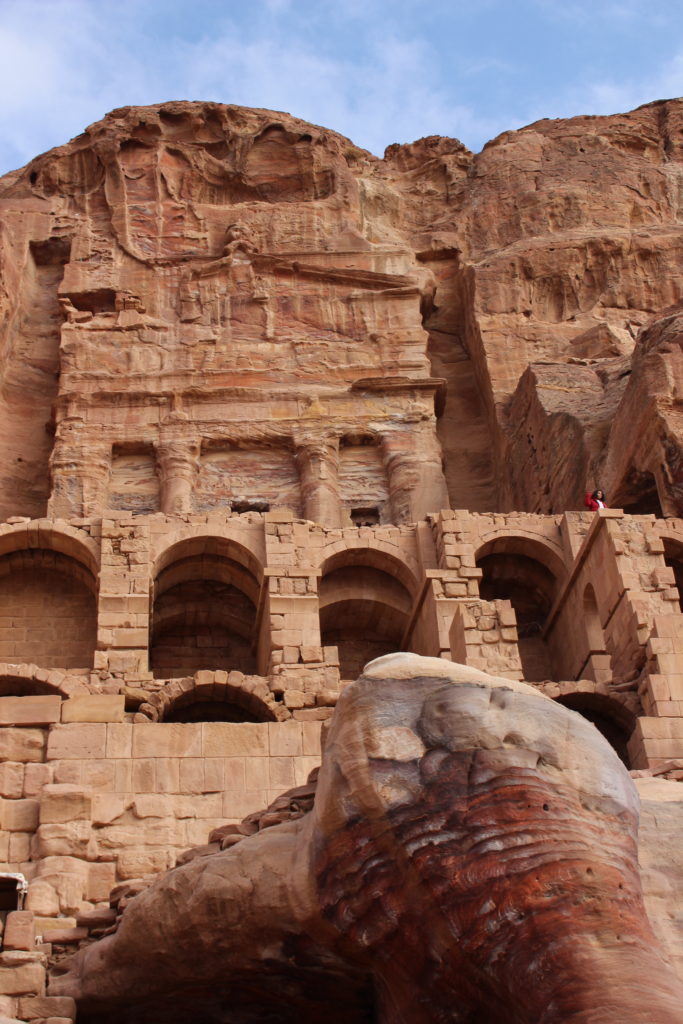
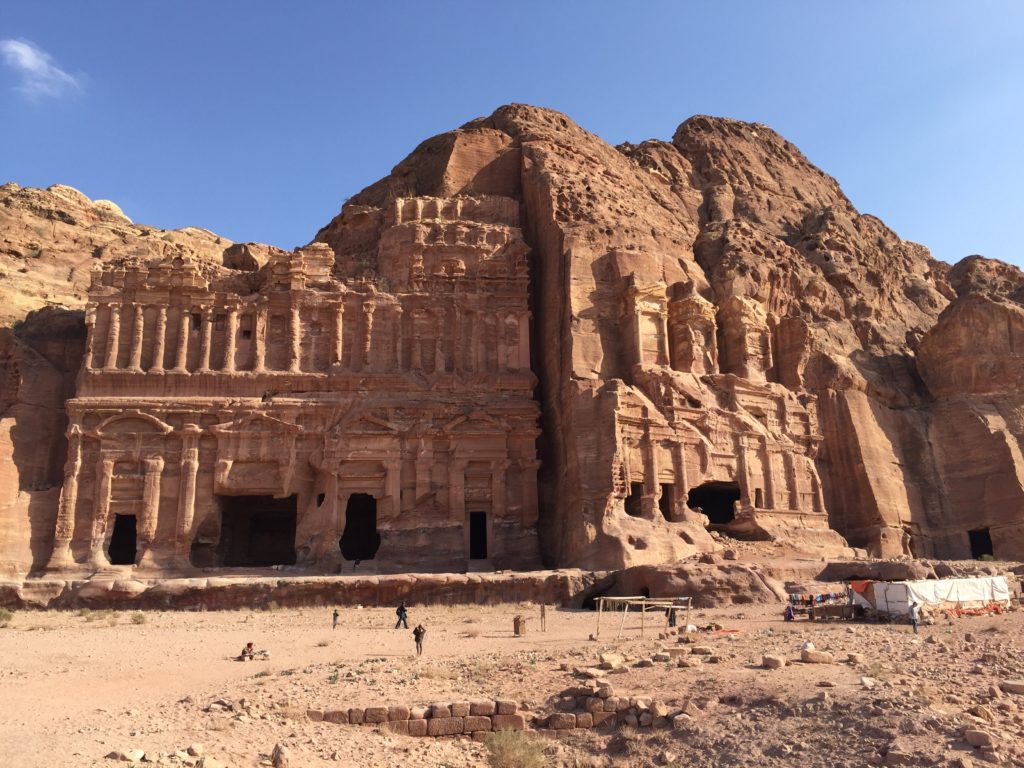
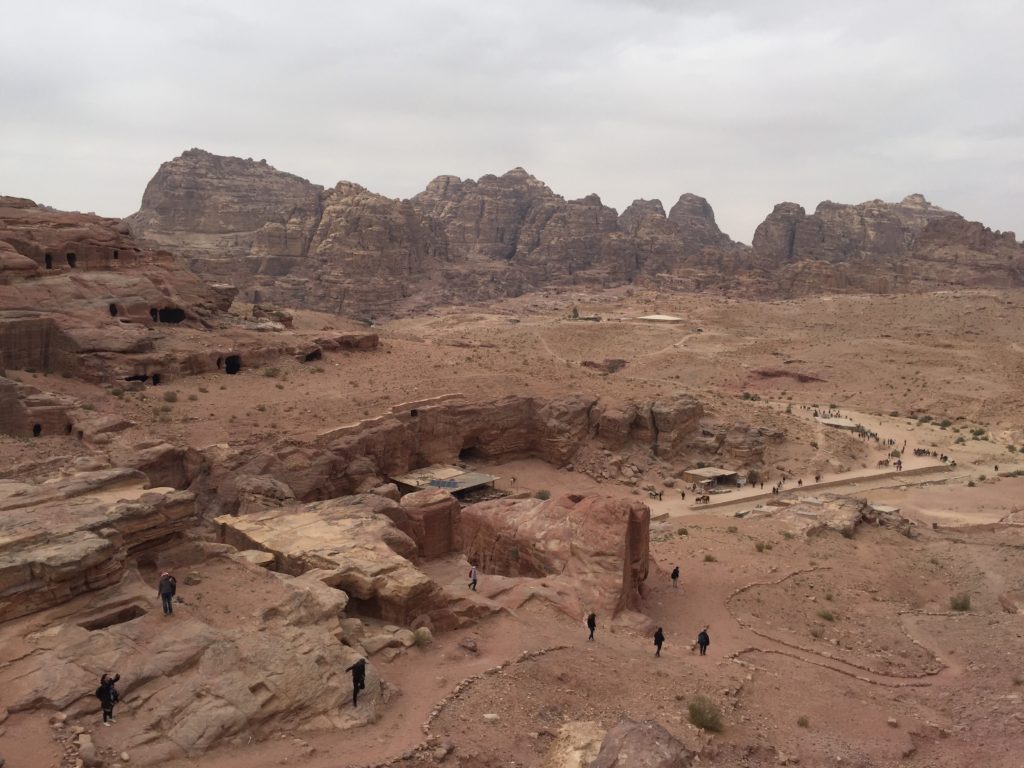
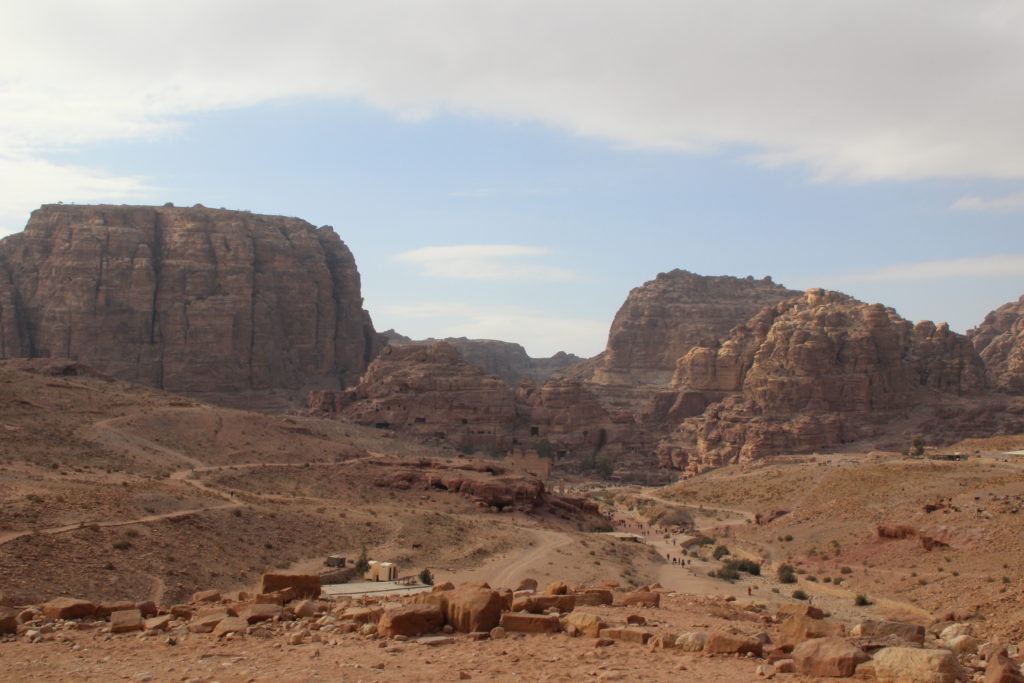
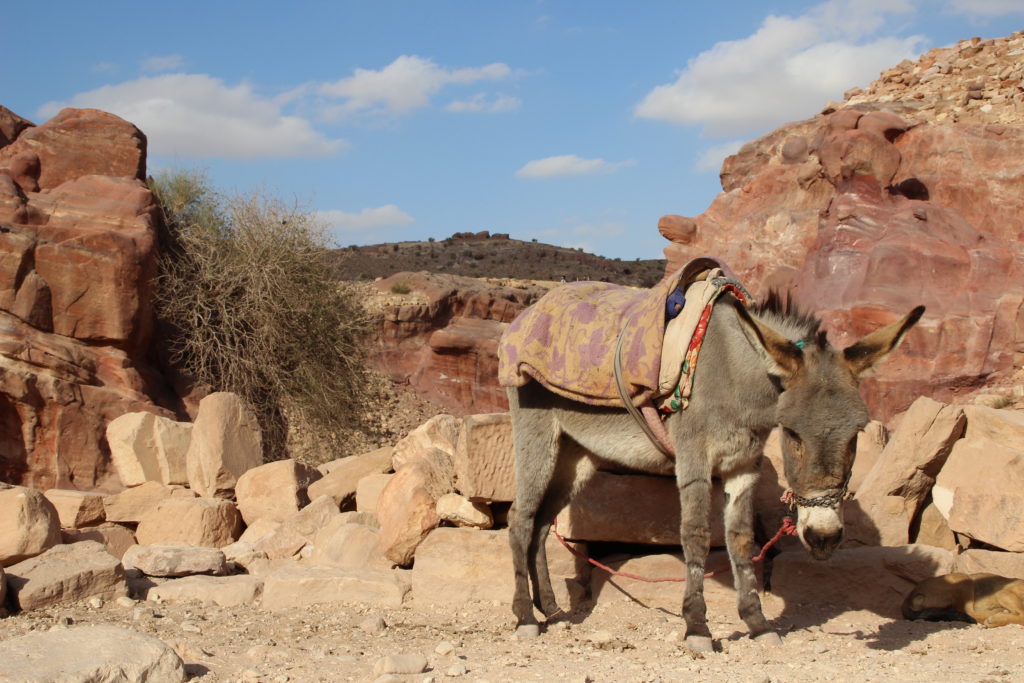
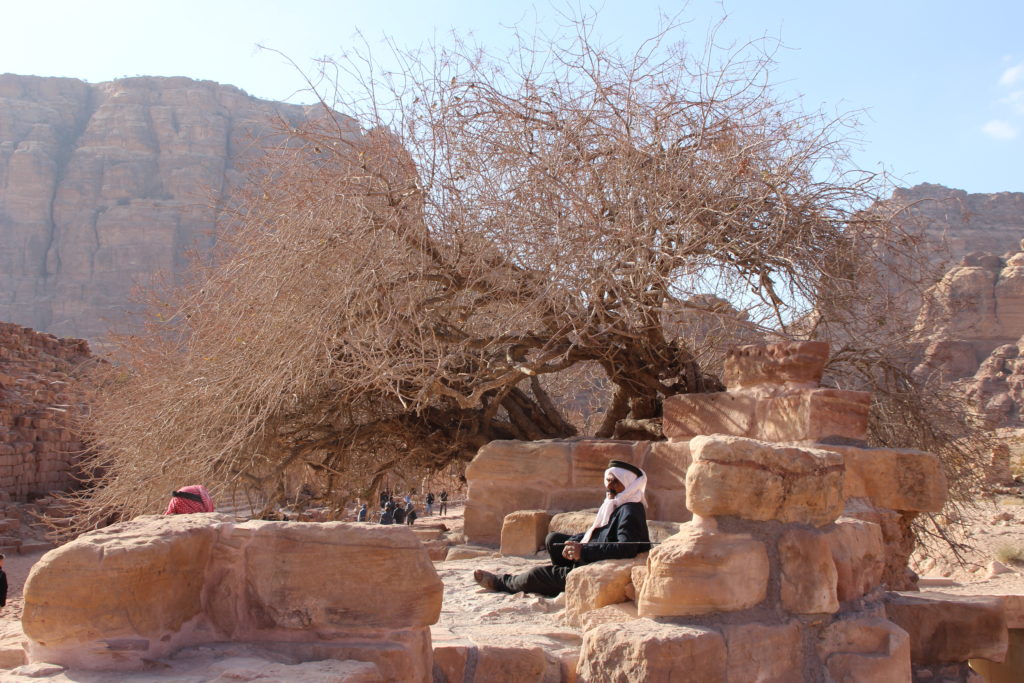

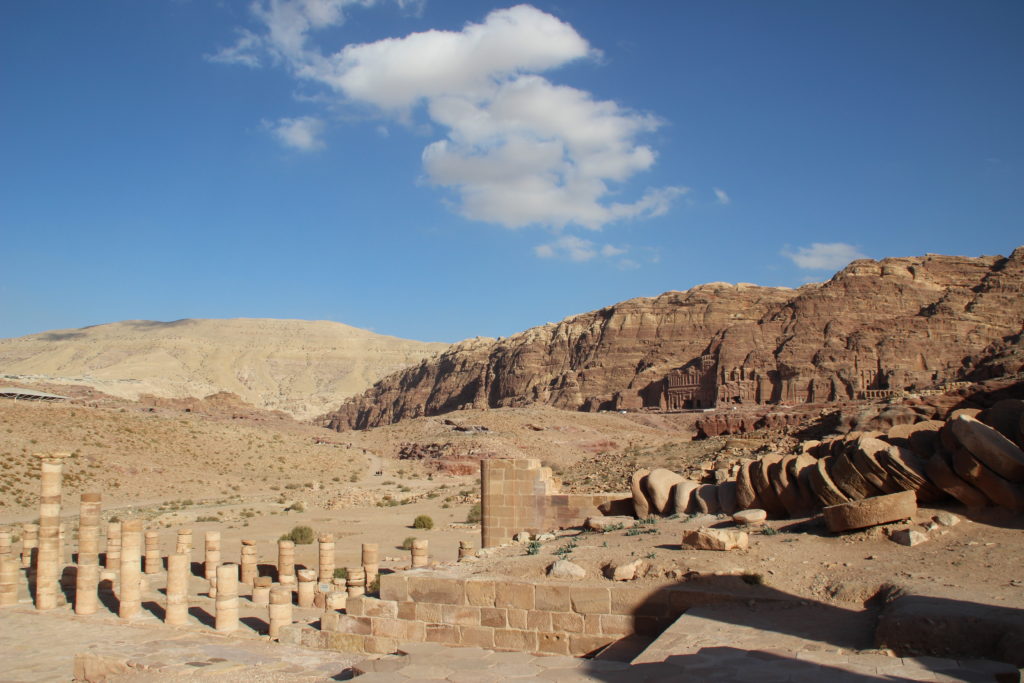
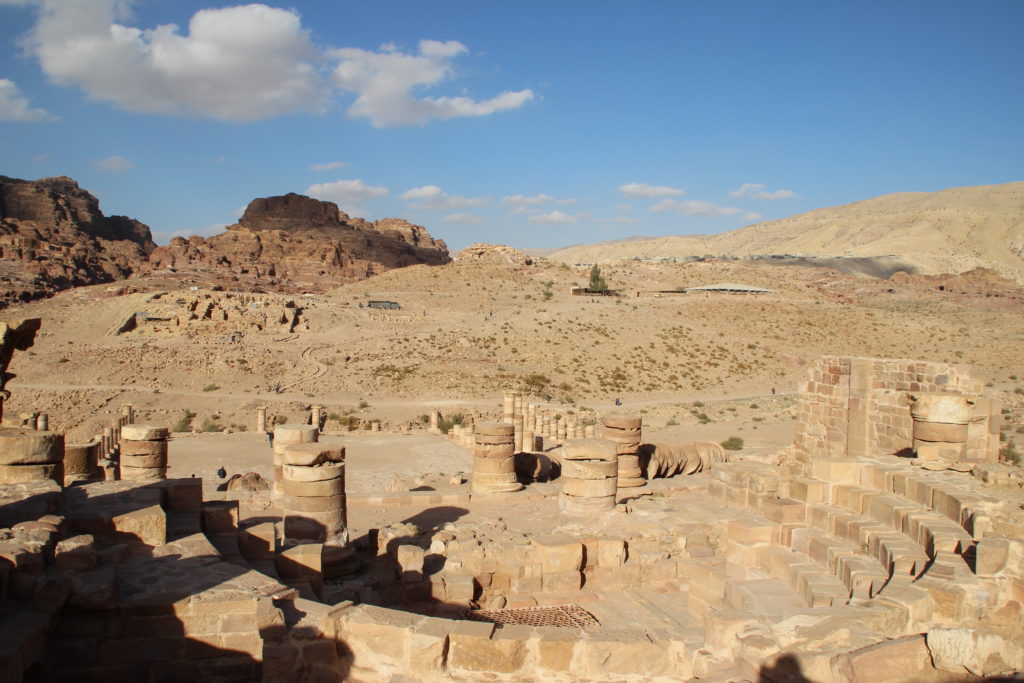
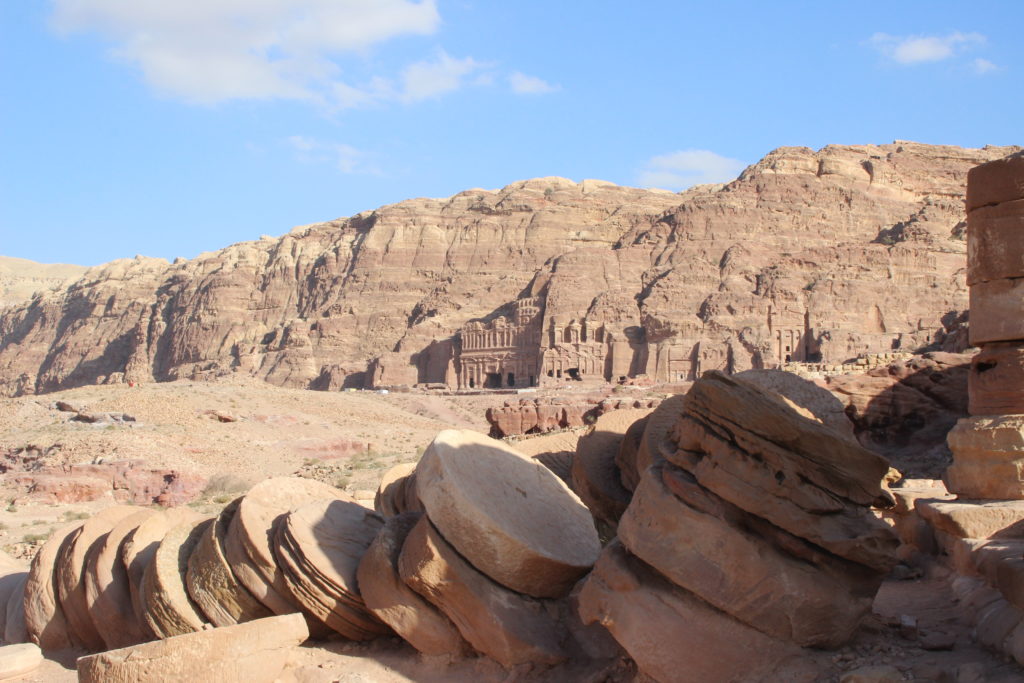
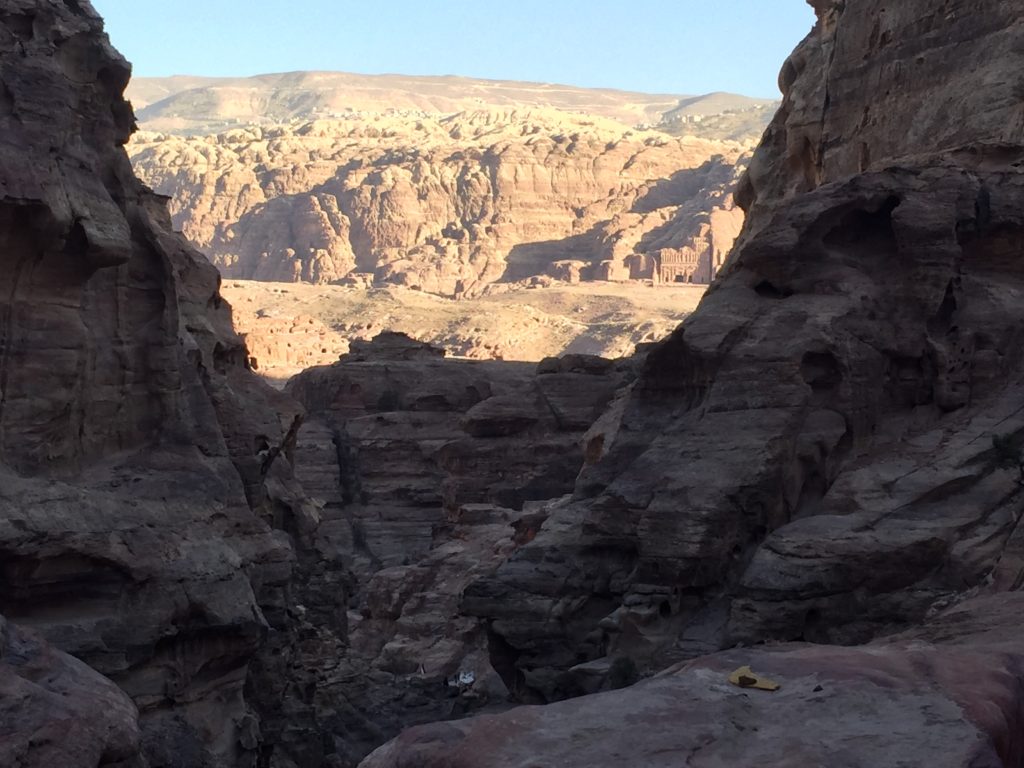
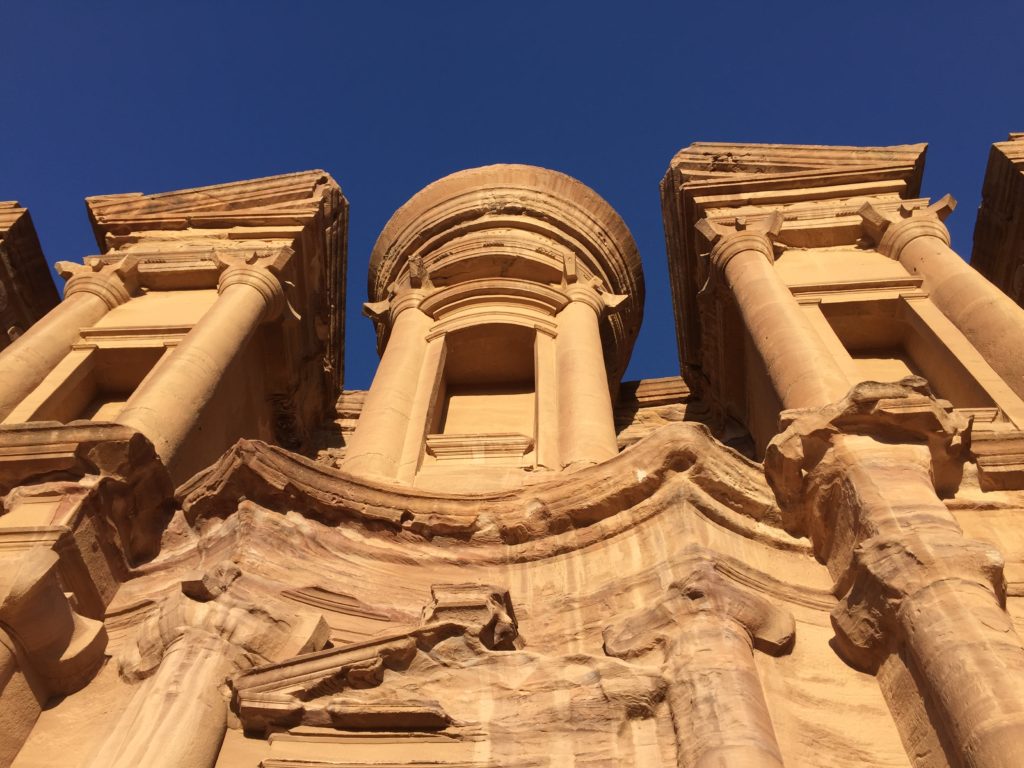
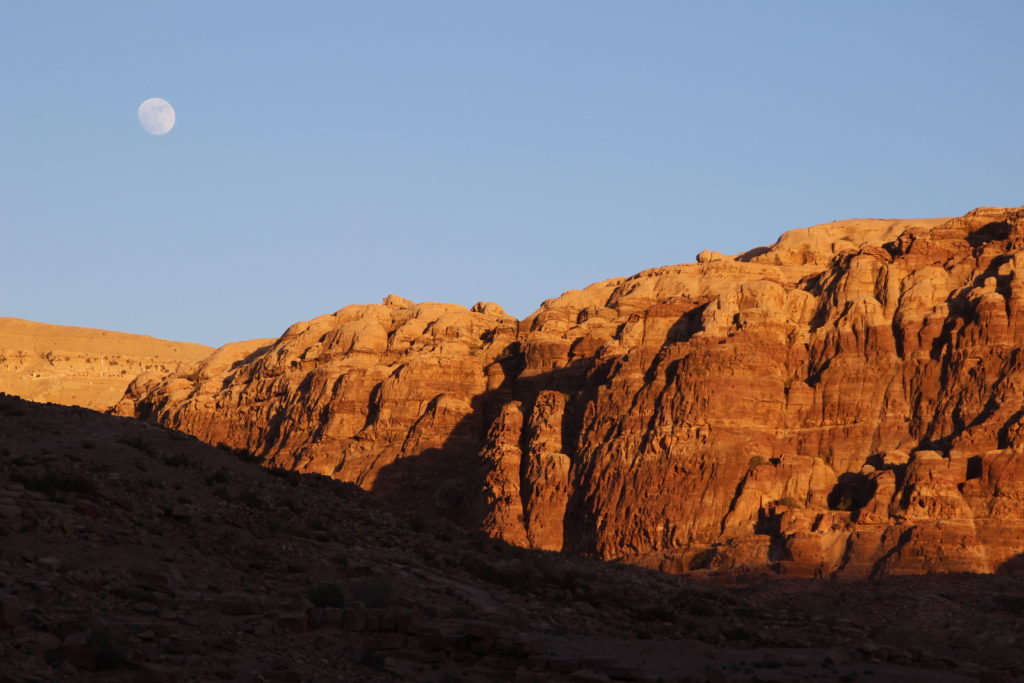
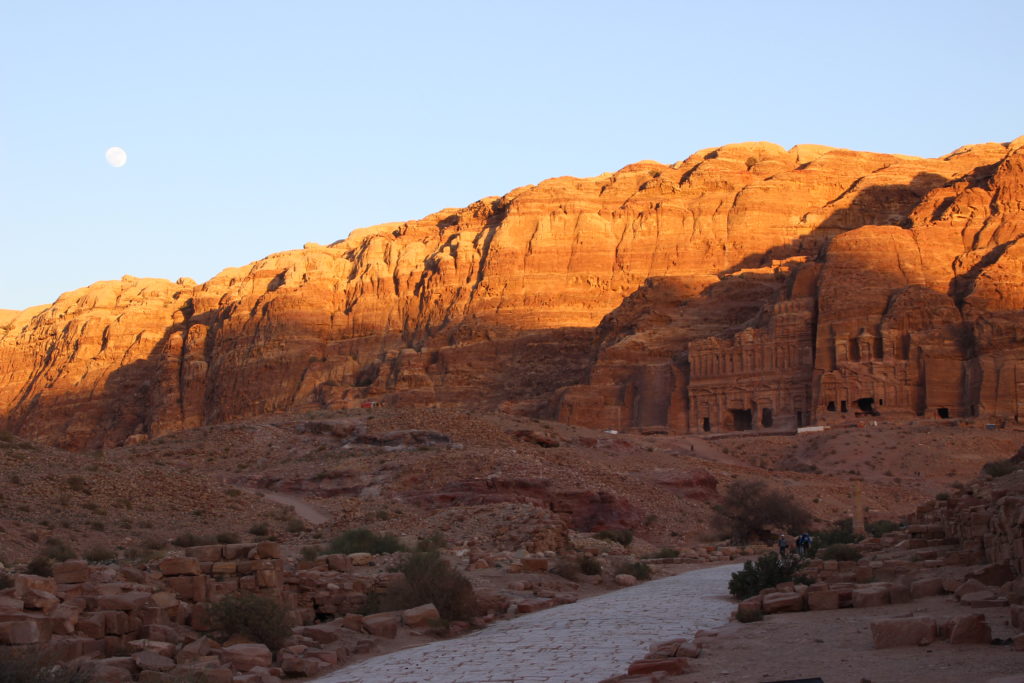
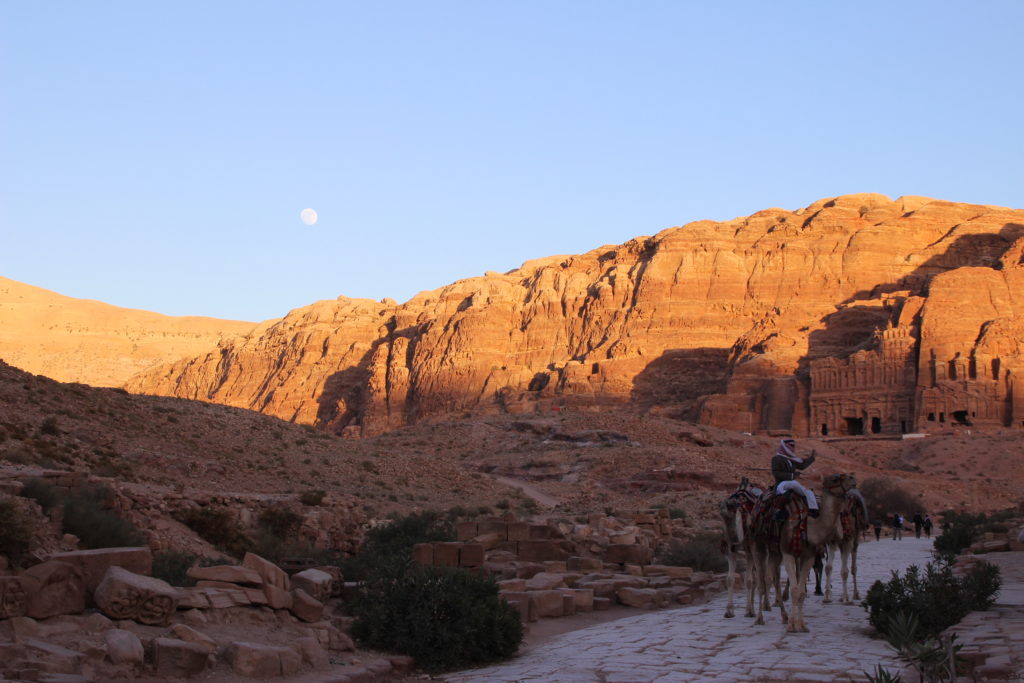
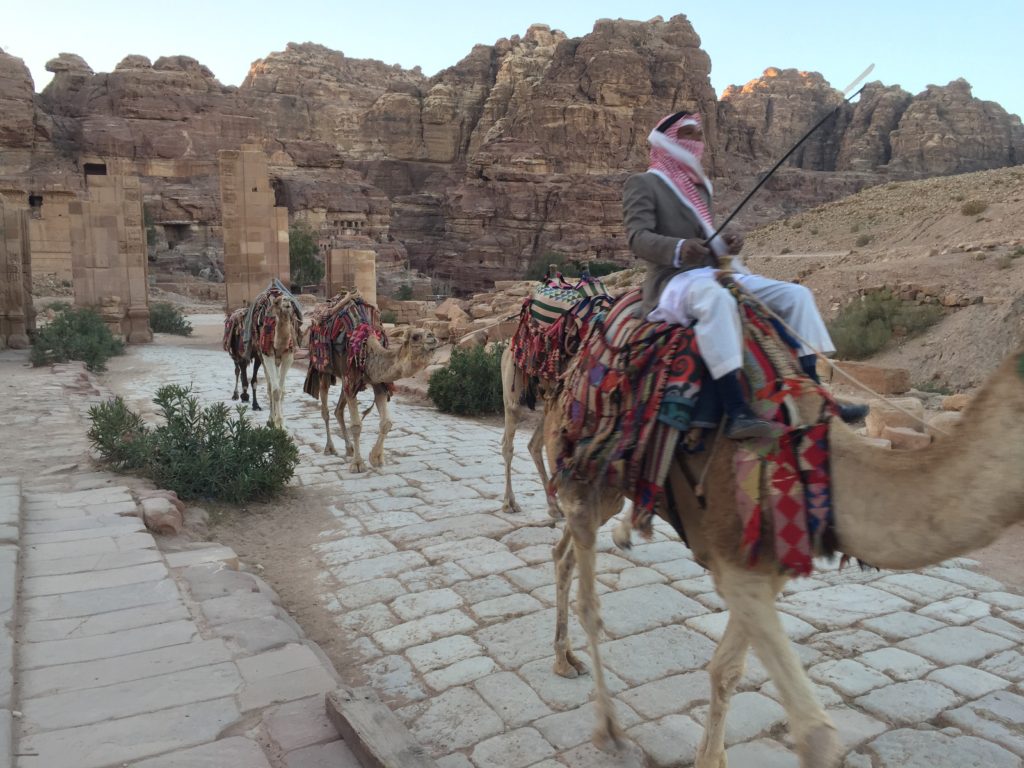
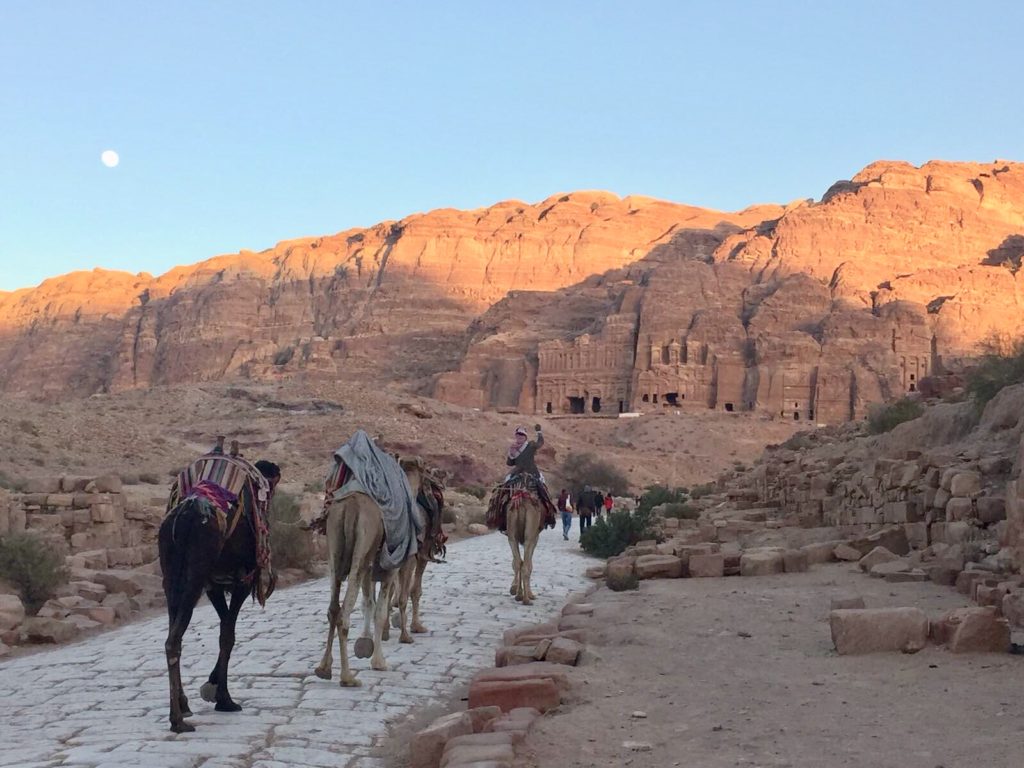
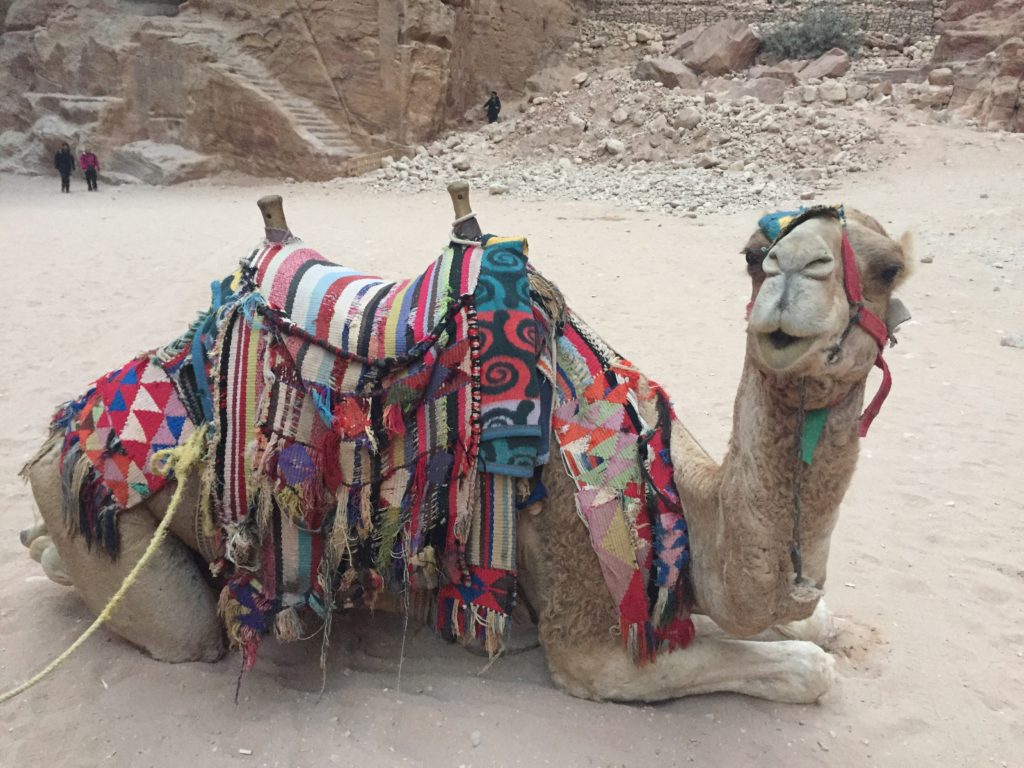

Happy 2018!
We were happy but exhausted after this marvelous day. We almost dropped from the New Year’s Eve dinner and party but we finally didn’t. Thank God we enjoyed that last night of the year because it was worth it: we were treated to Arabic dances and it was really fun!
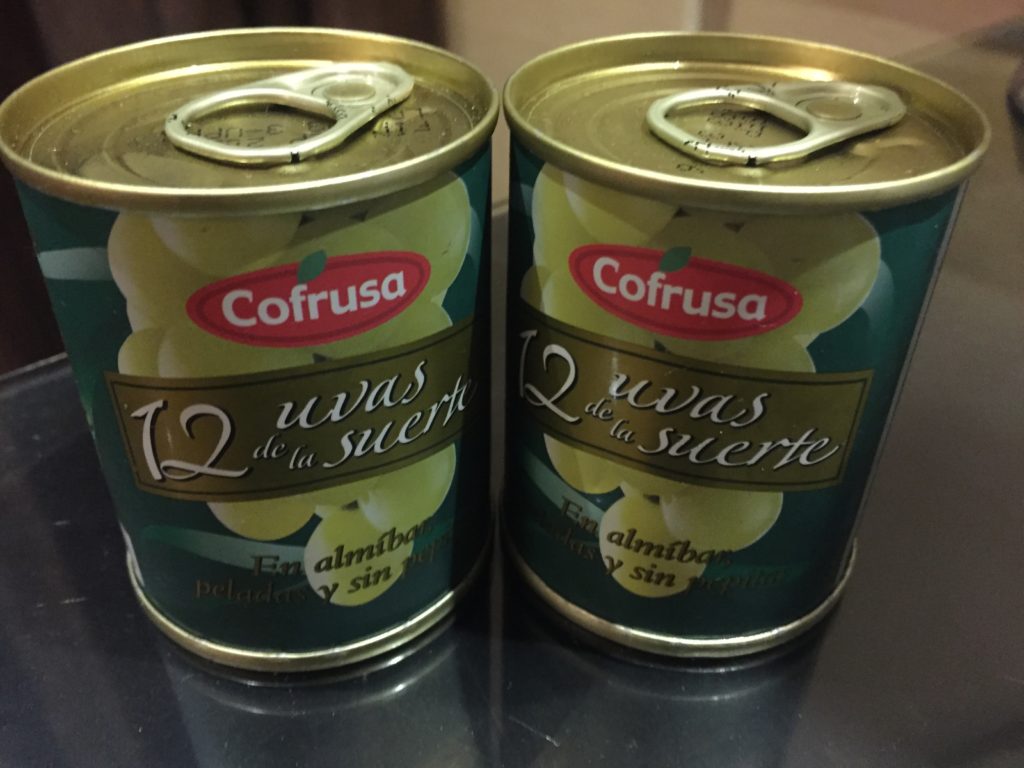
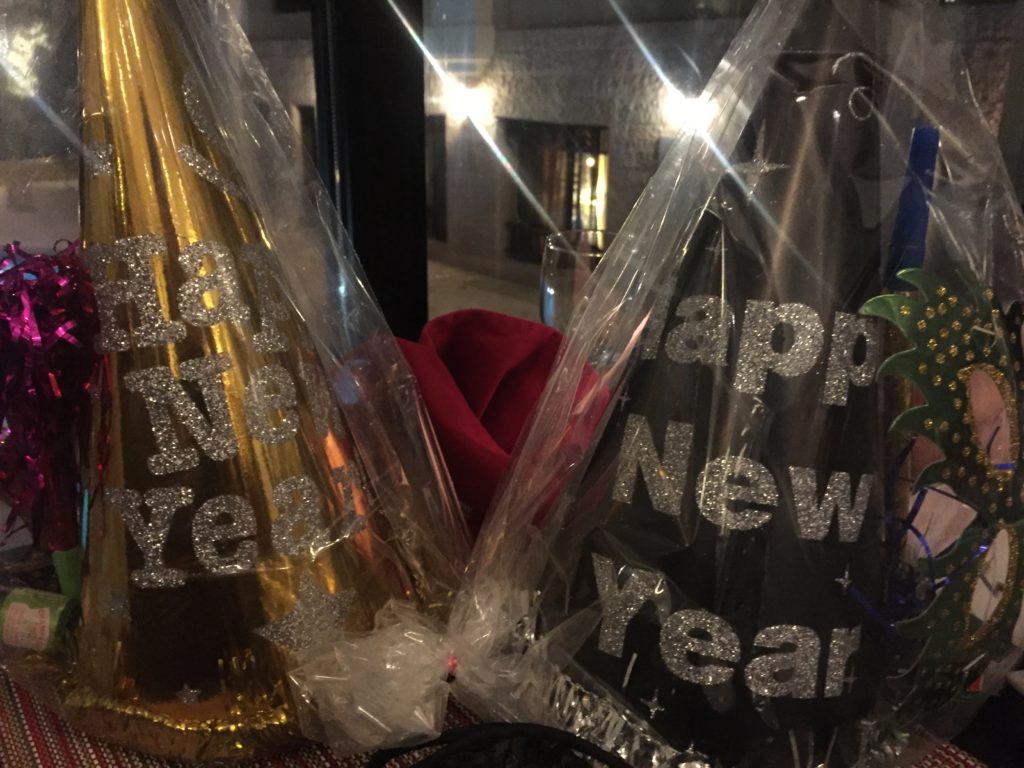
Hope you had a great New Year’s Eve! After celebrating, we were ready for new adventures in Jordan. Coming up next: the desert of Wadi Rum, the coastal city of Aqaba, Aljun castle and the ruins of Umm Qays and Jerash.
Trip details
Accommodation:
We stayed at Petra Marriott Hotel and we loved the views from the terrace. We spent the dinner and party for New Year’s Eve here.
Information:
In order to preserve the area, all tourists’ facilities have been located in the town of Wadi Musa, next to the entrance of Petra. This website hosts a lot of information about the site, including helpful maps.

